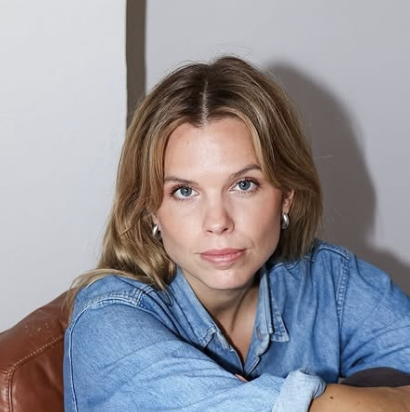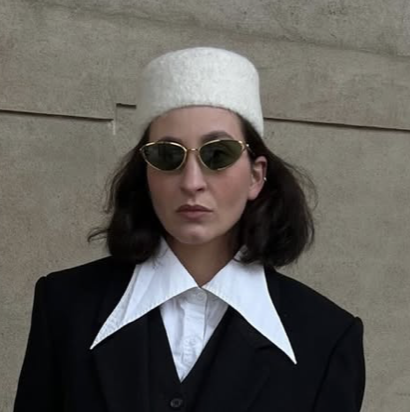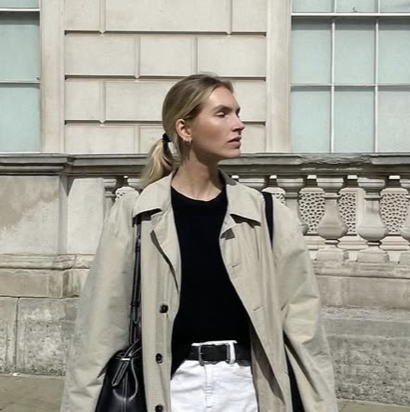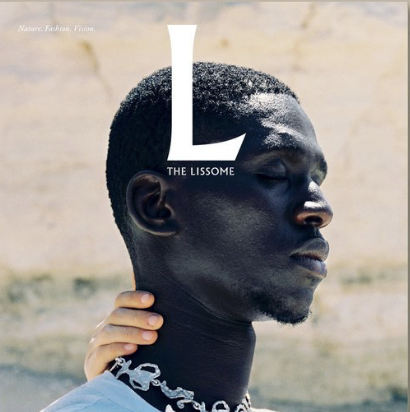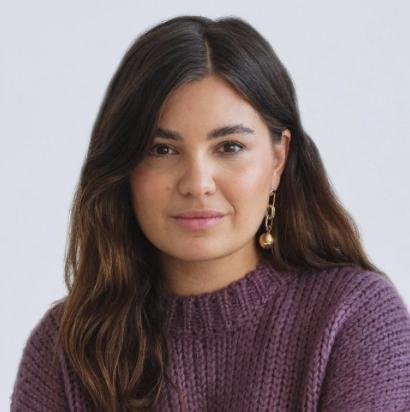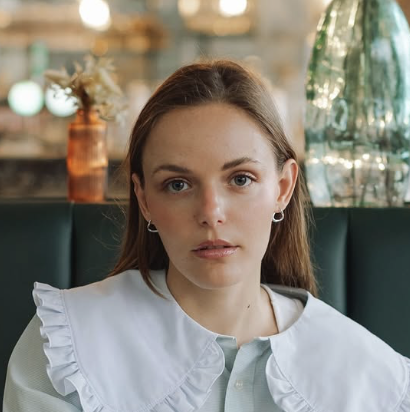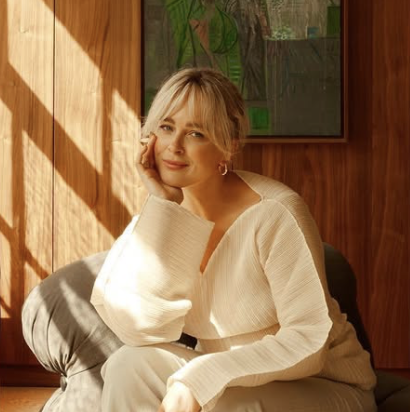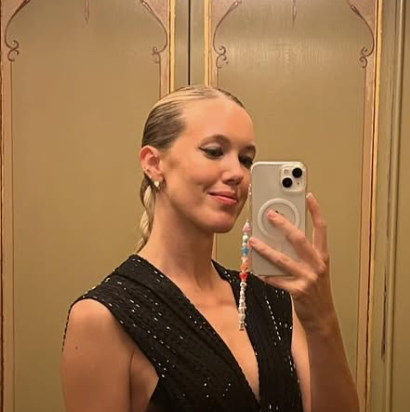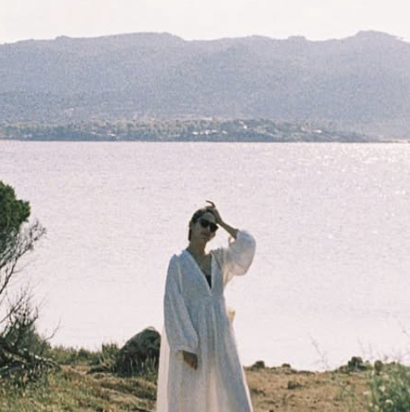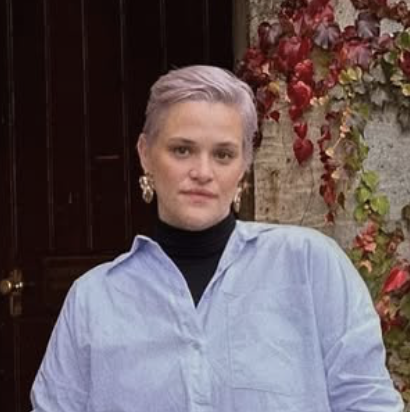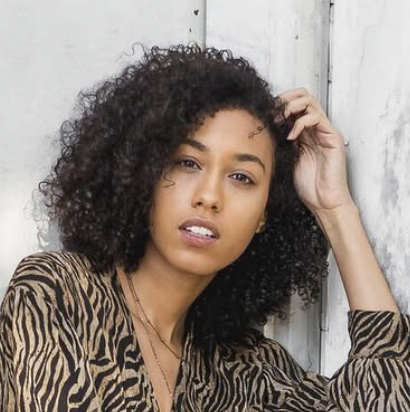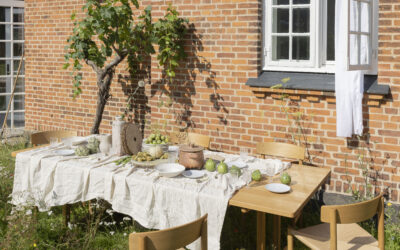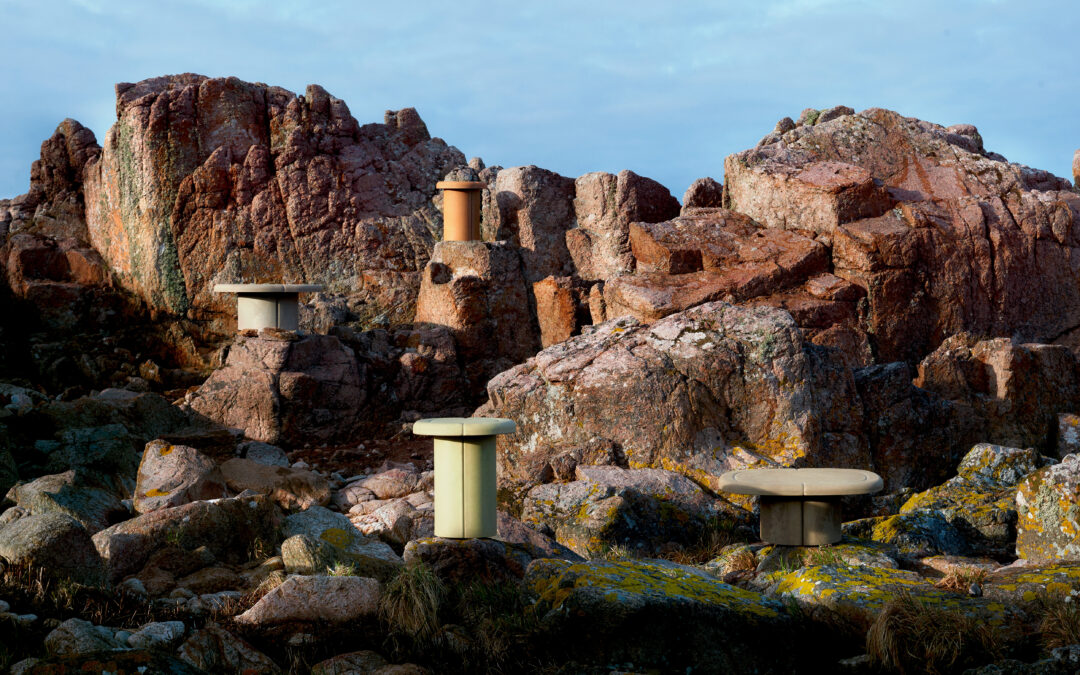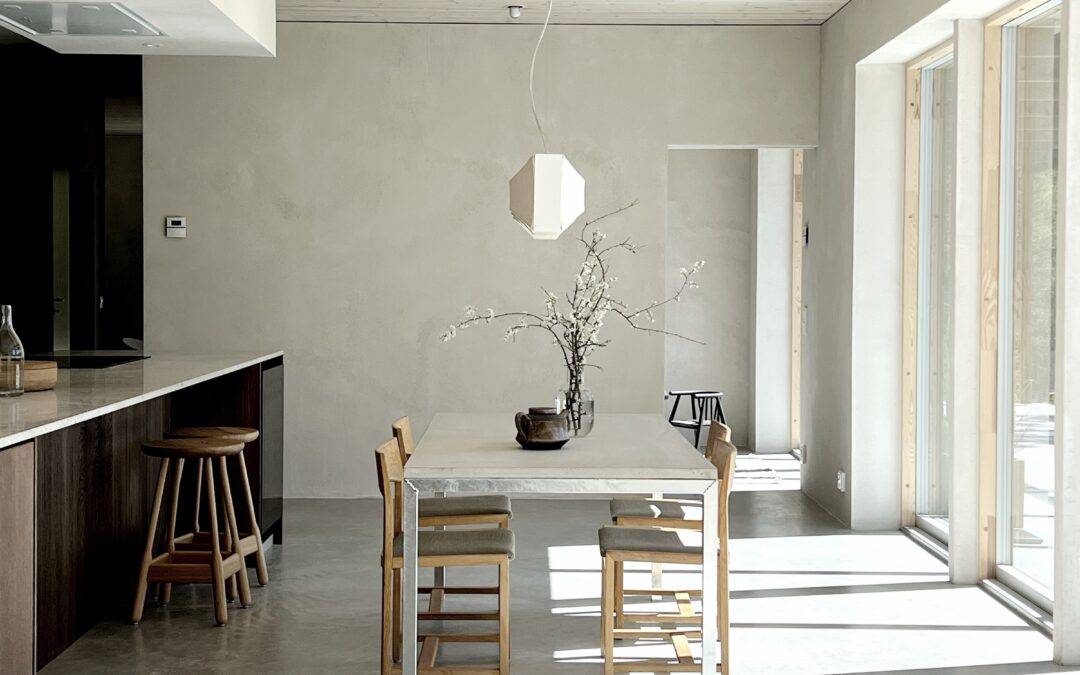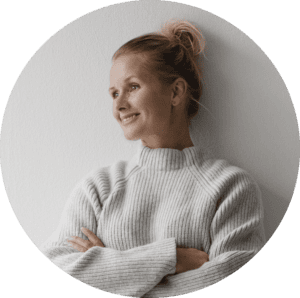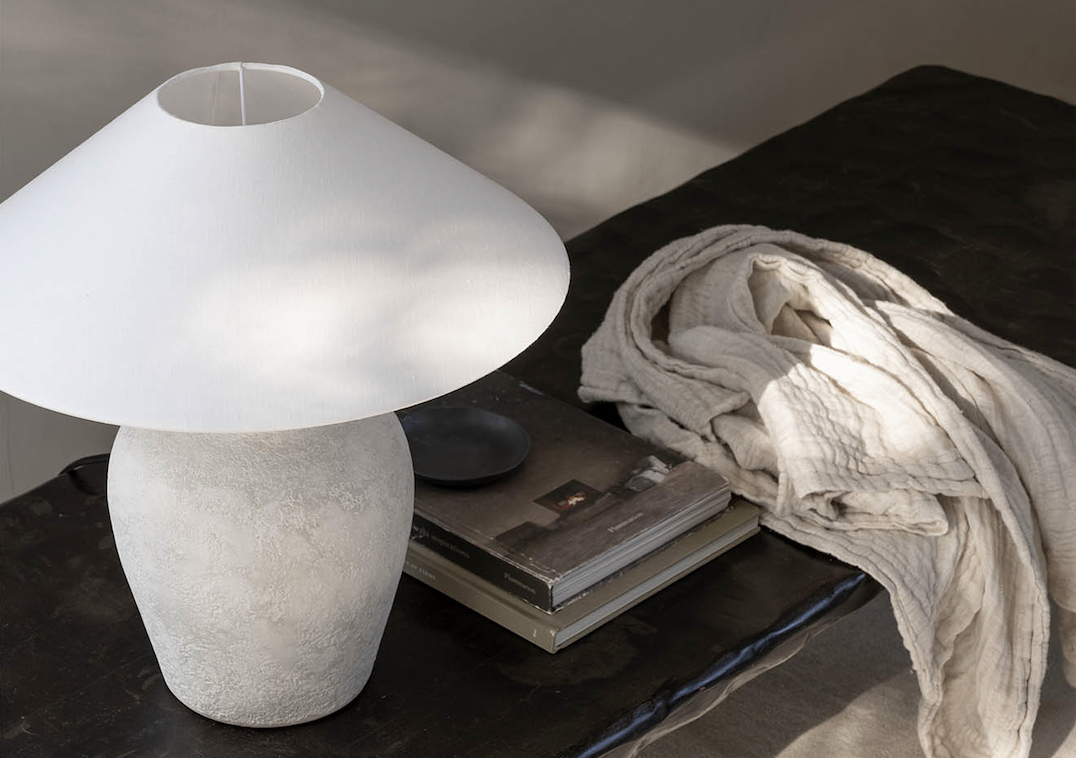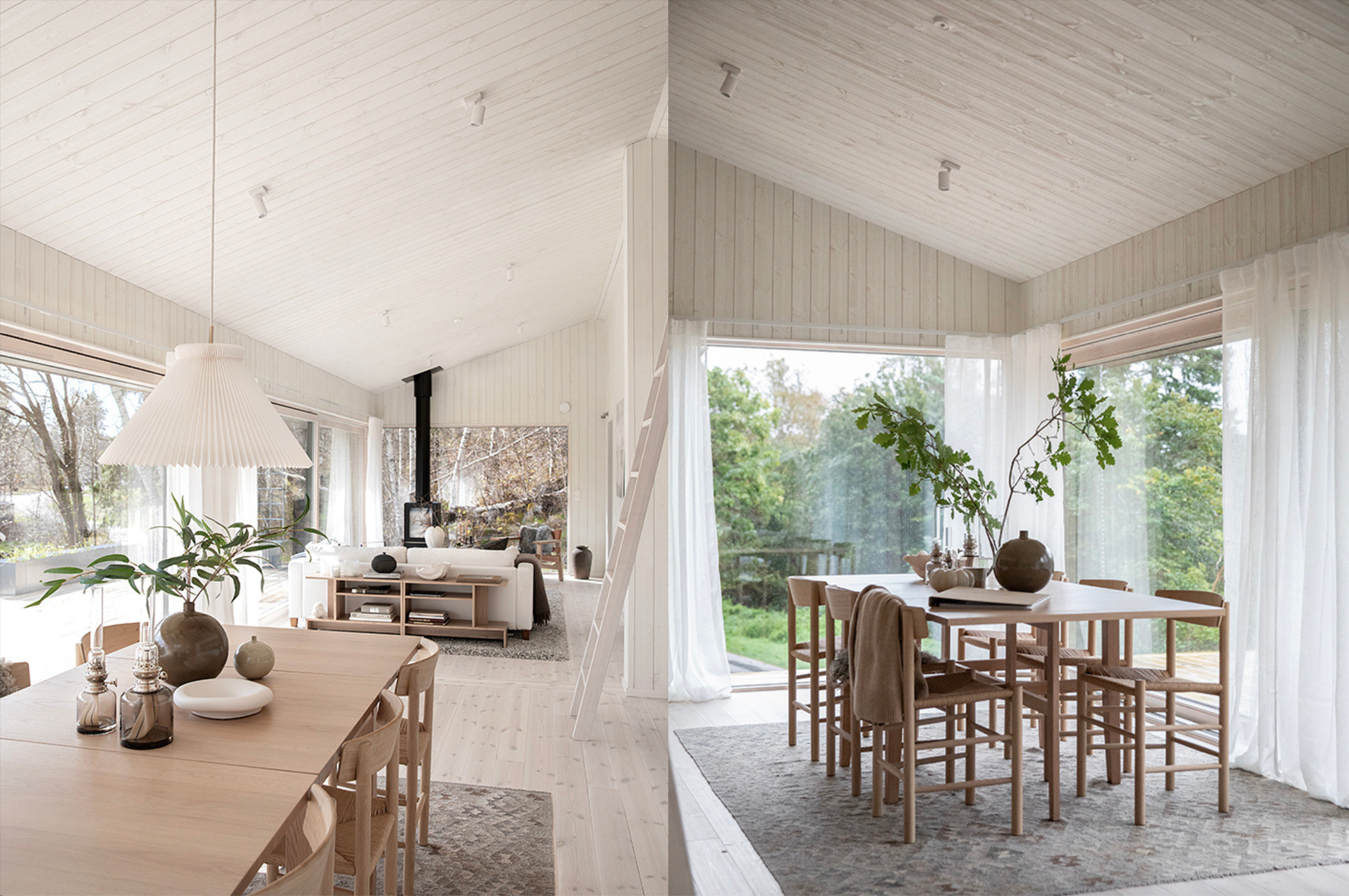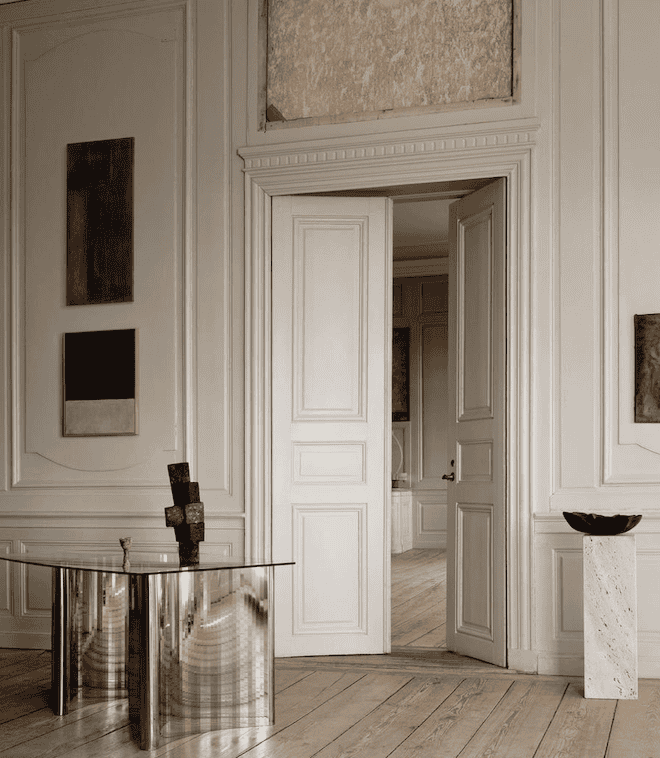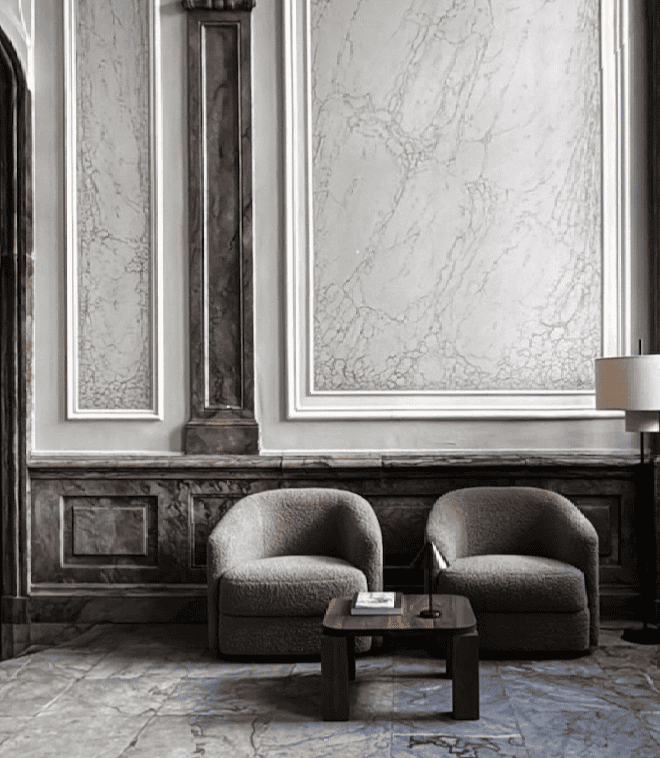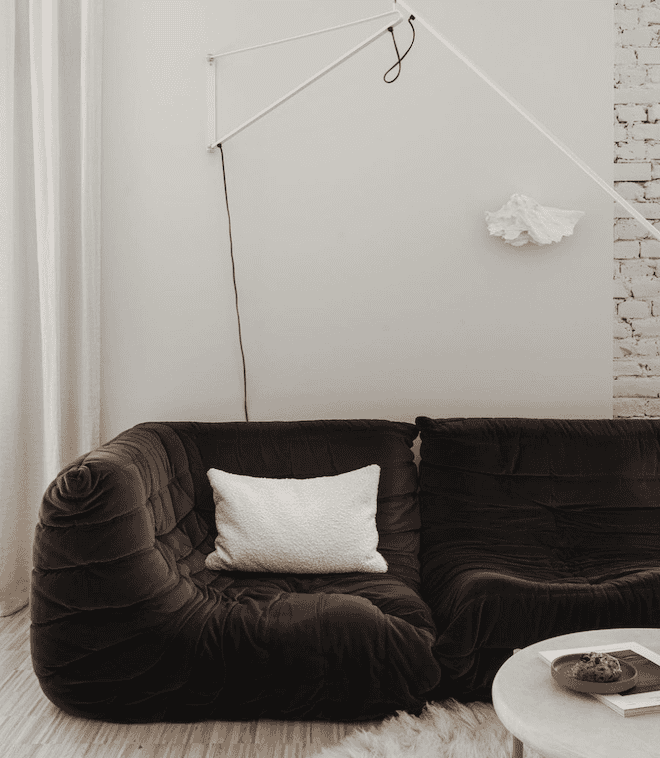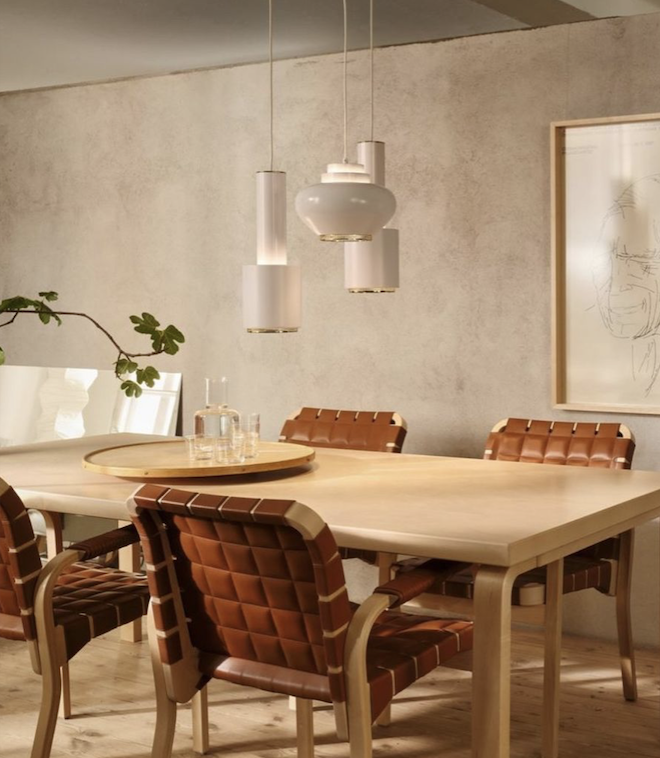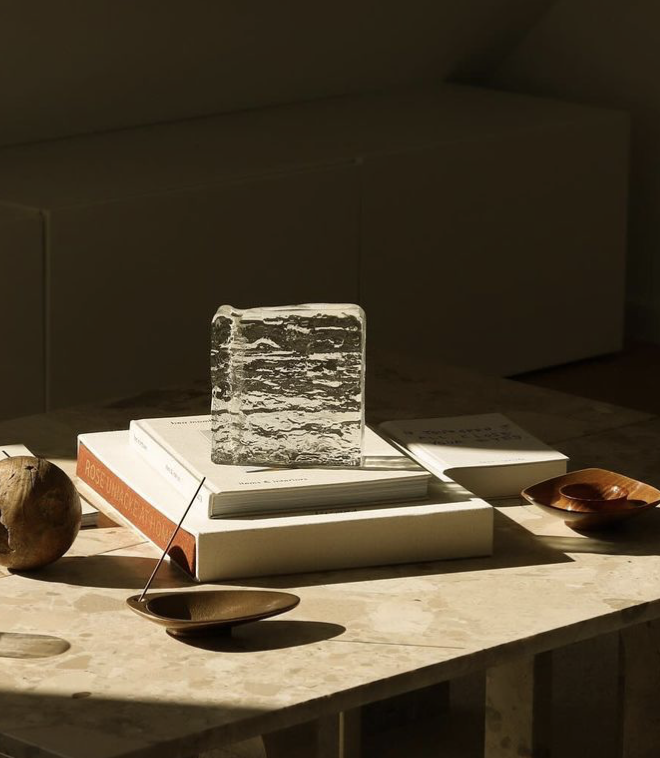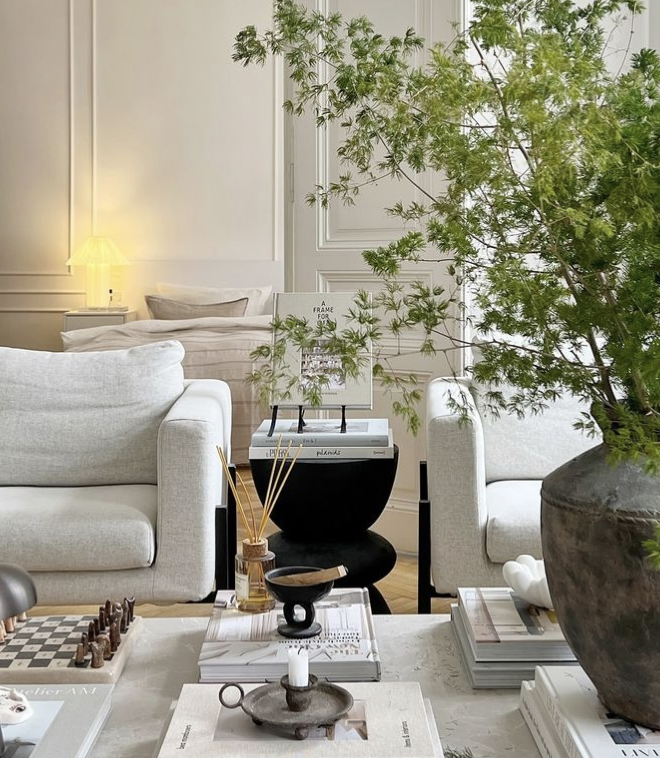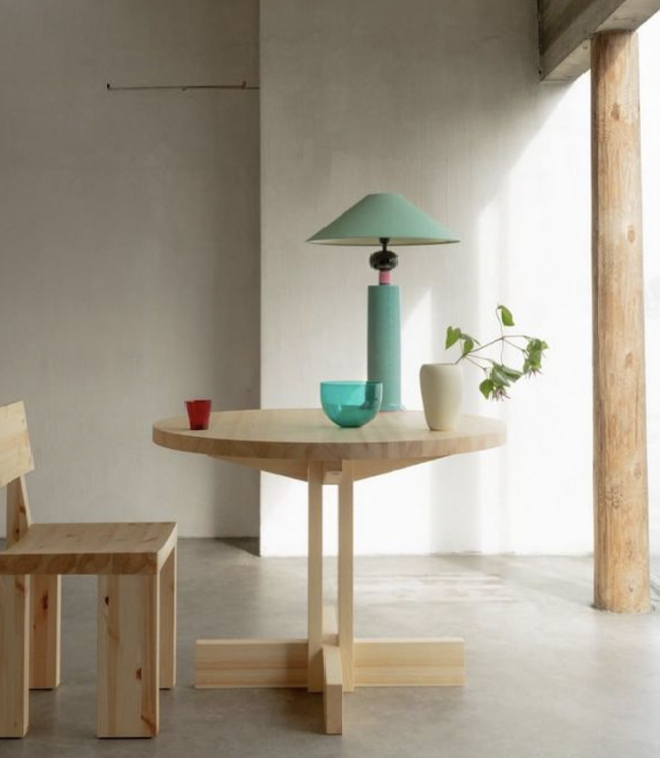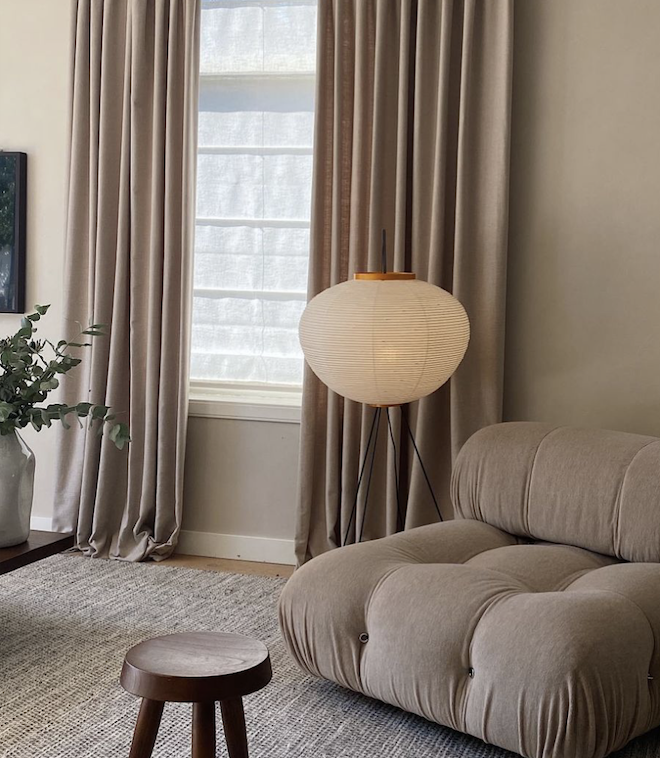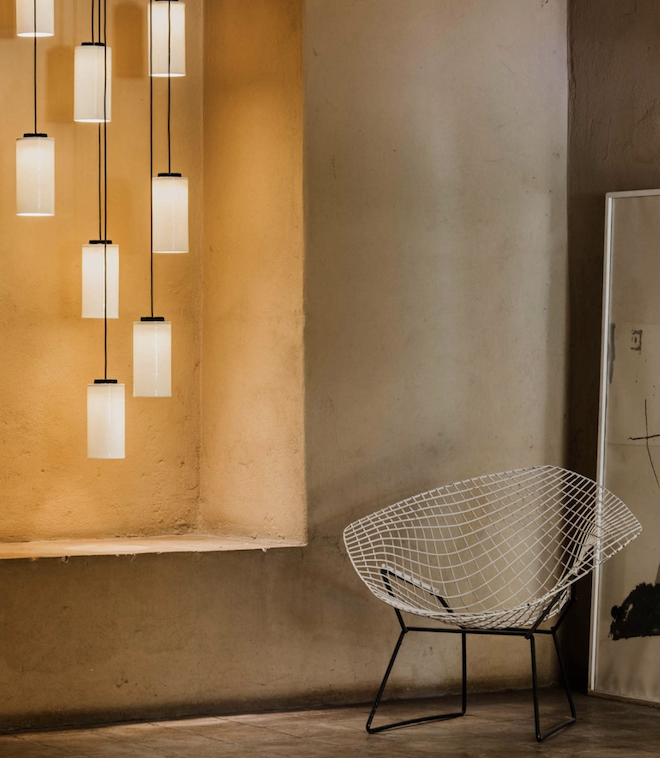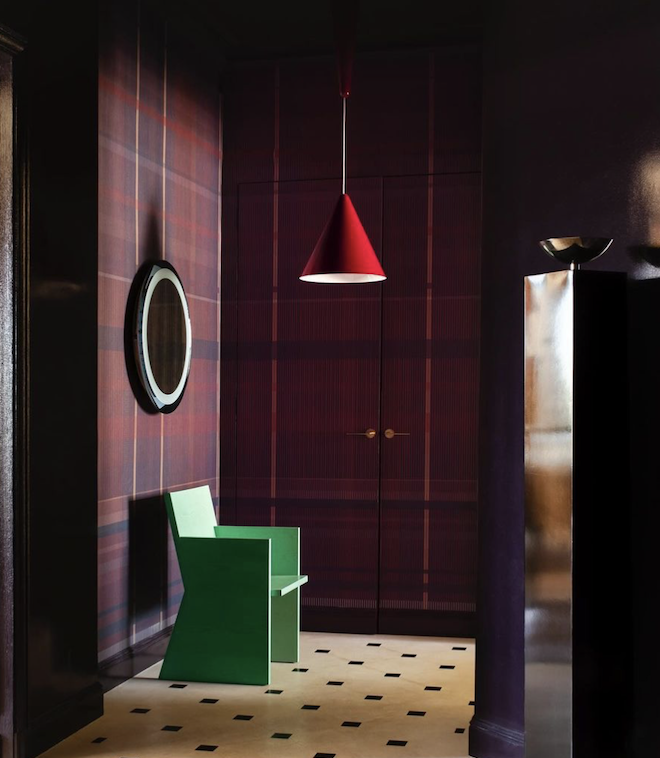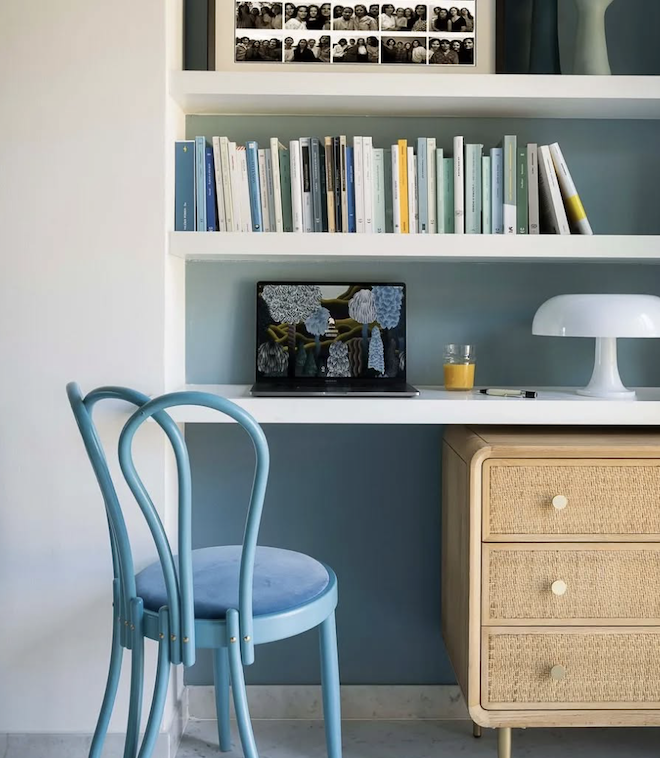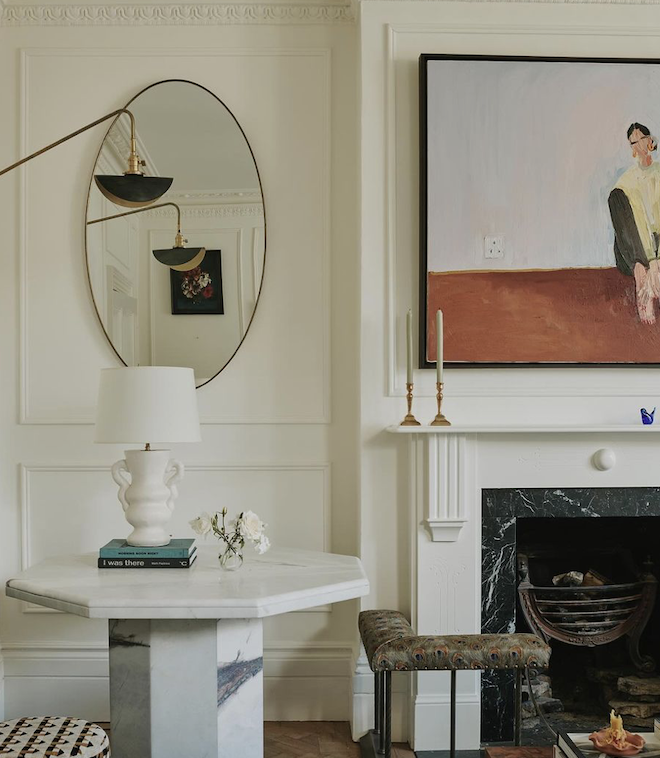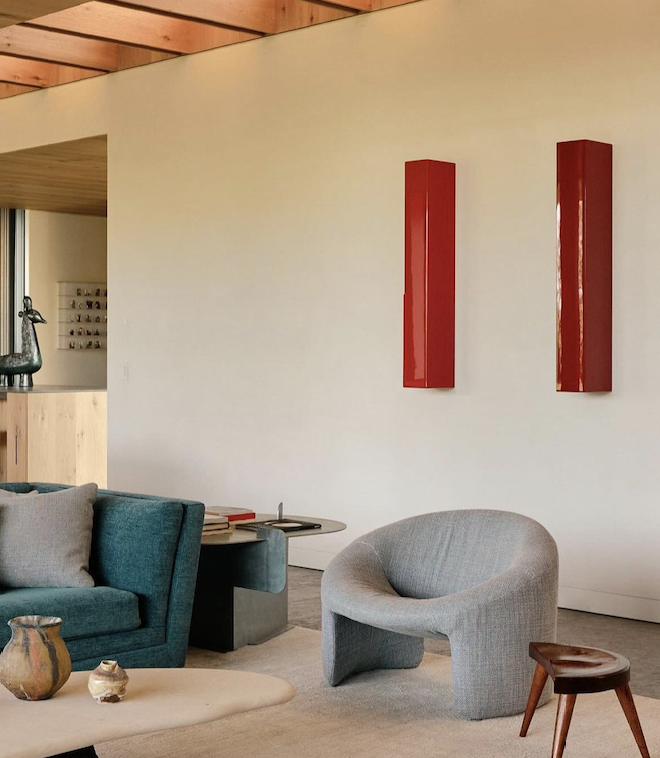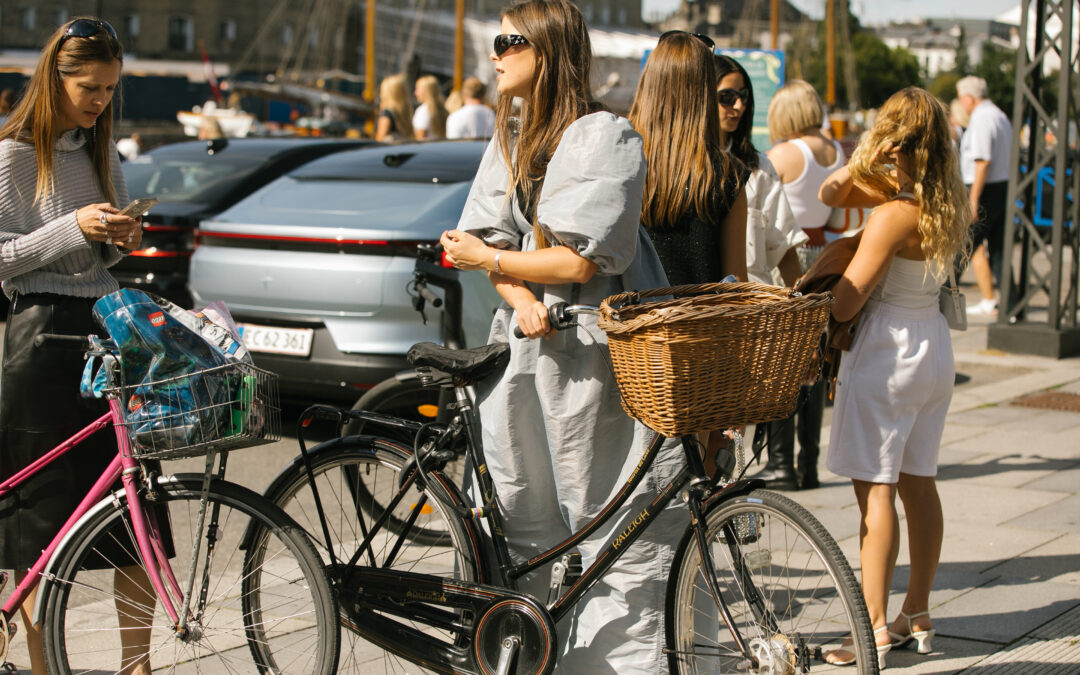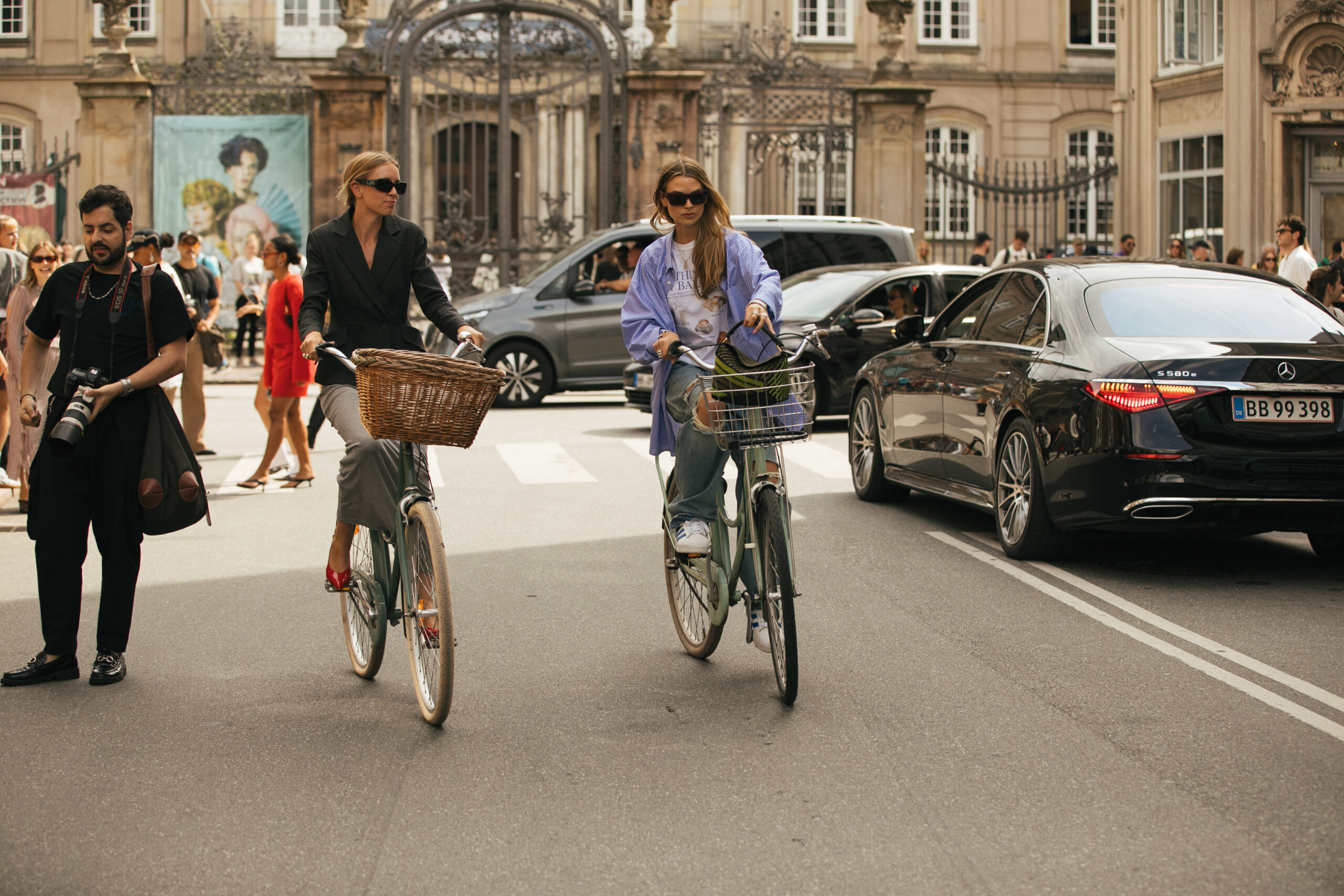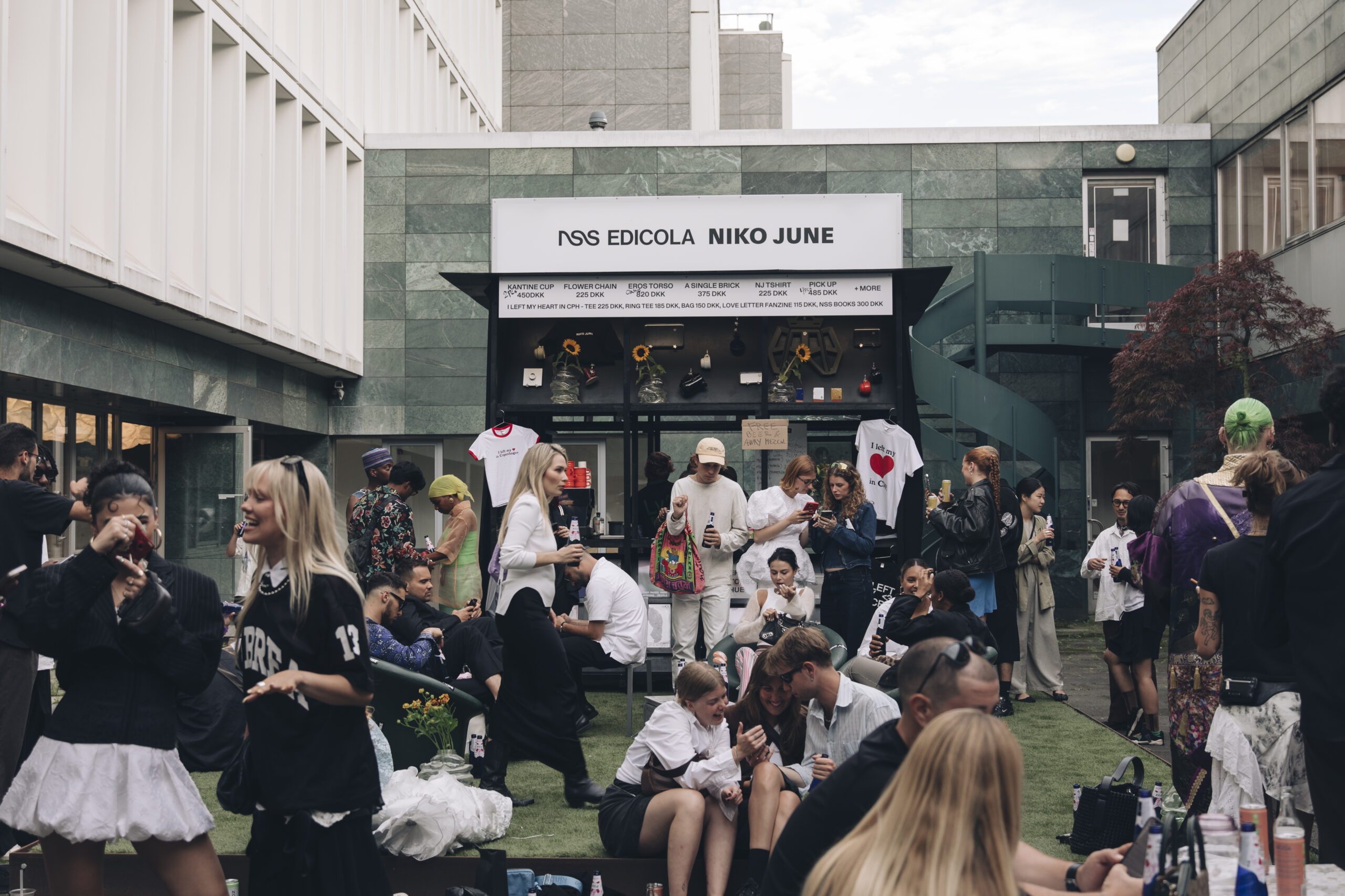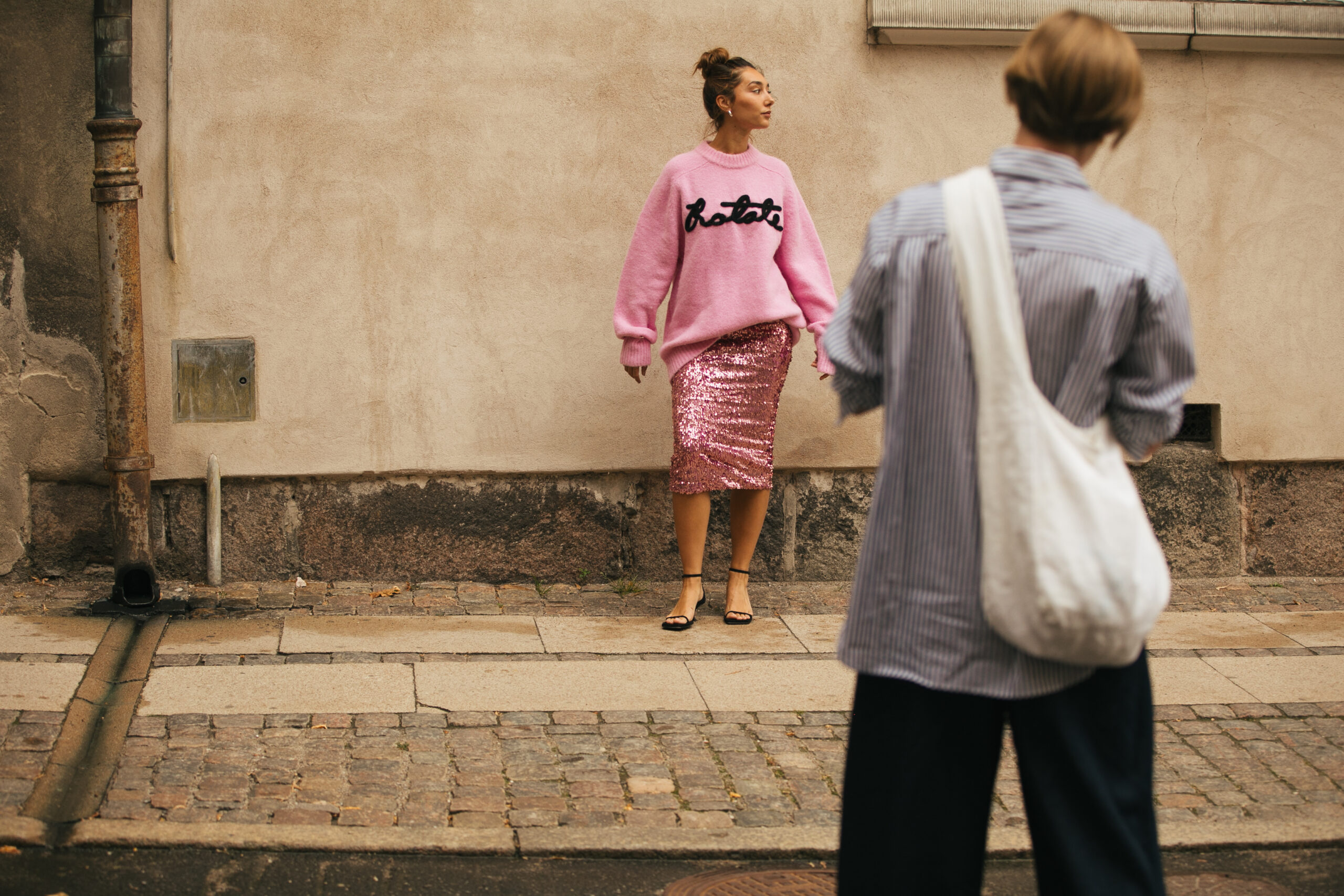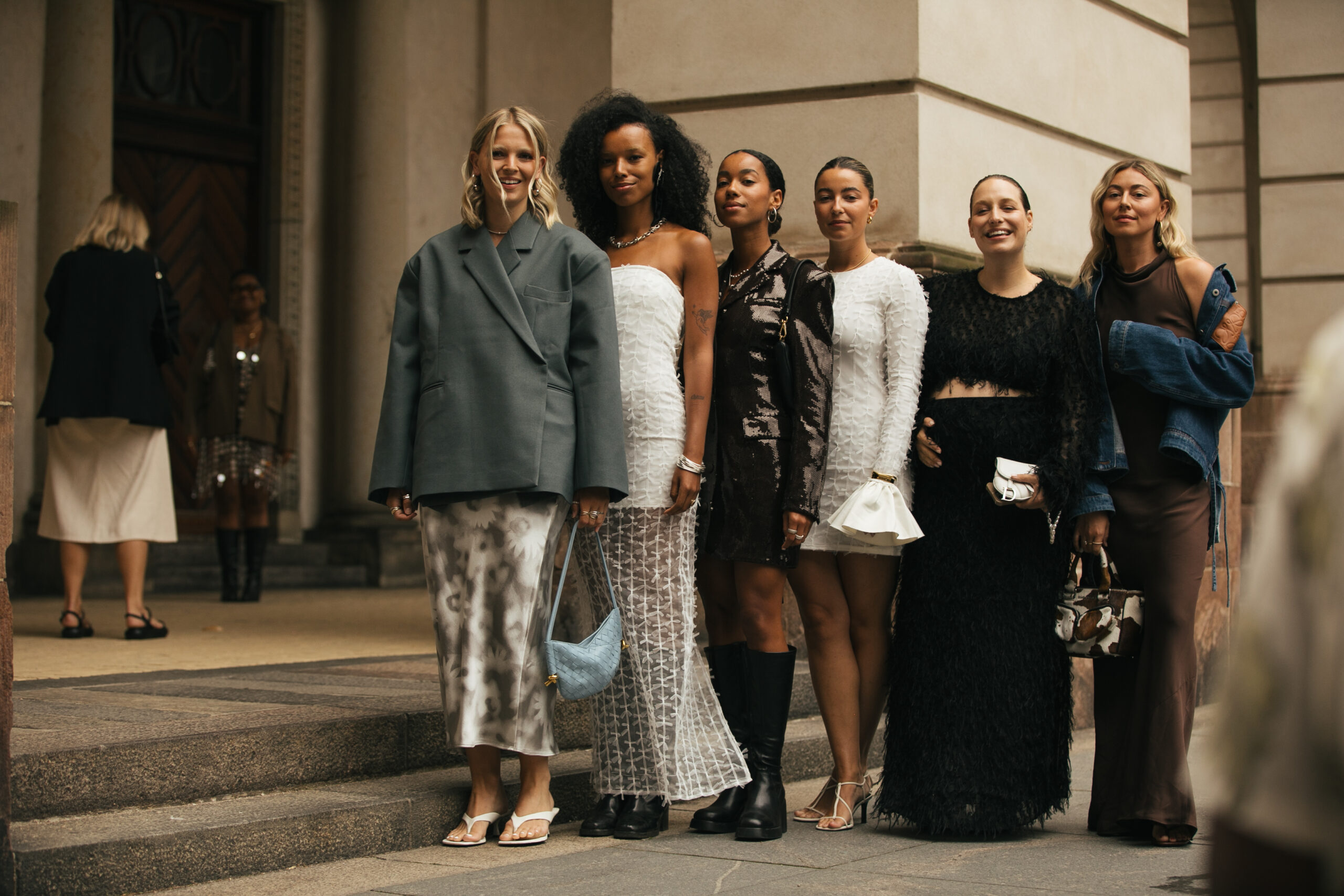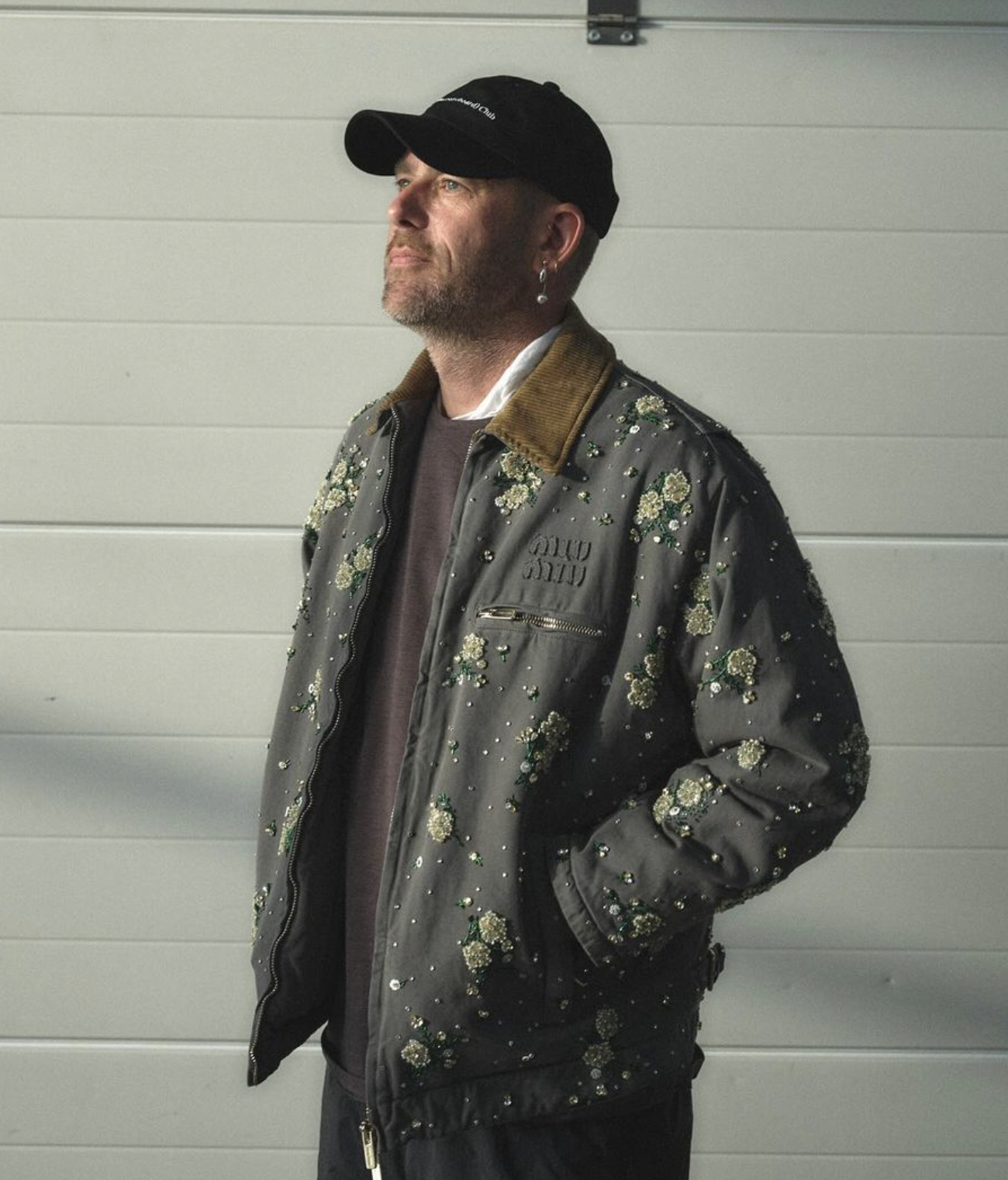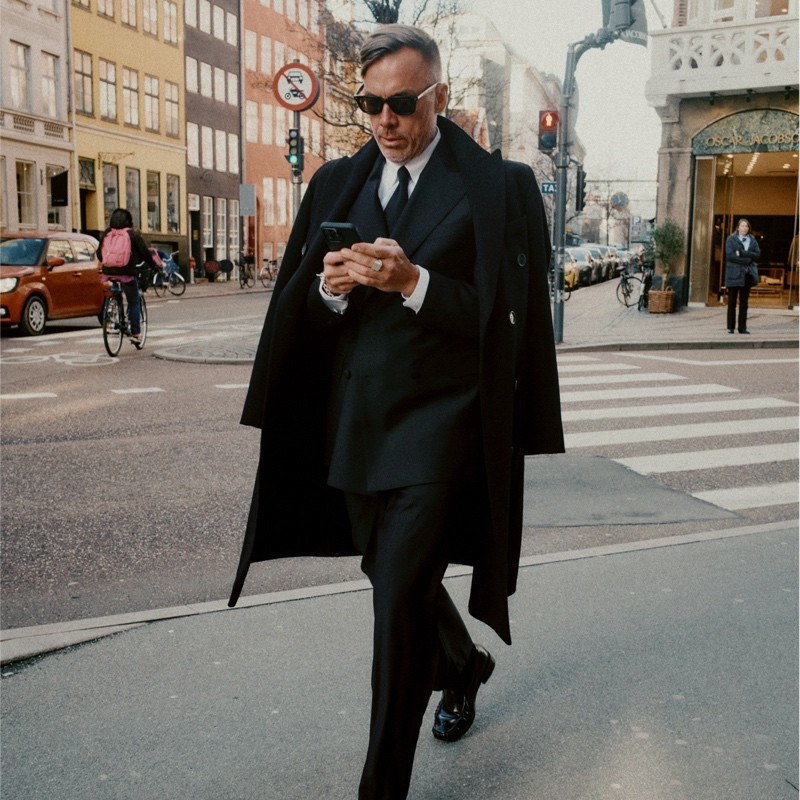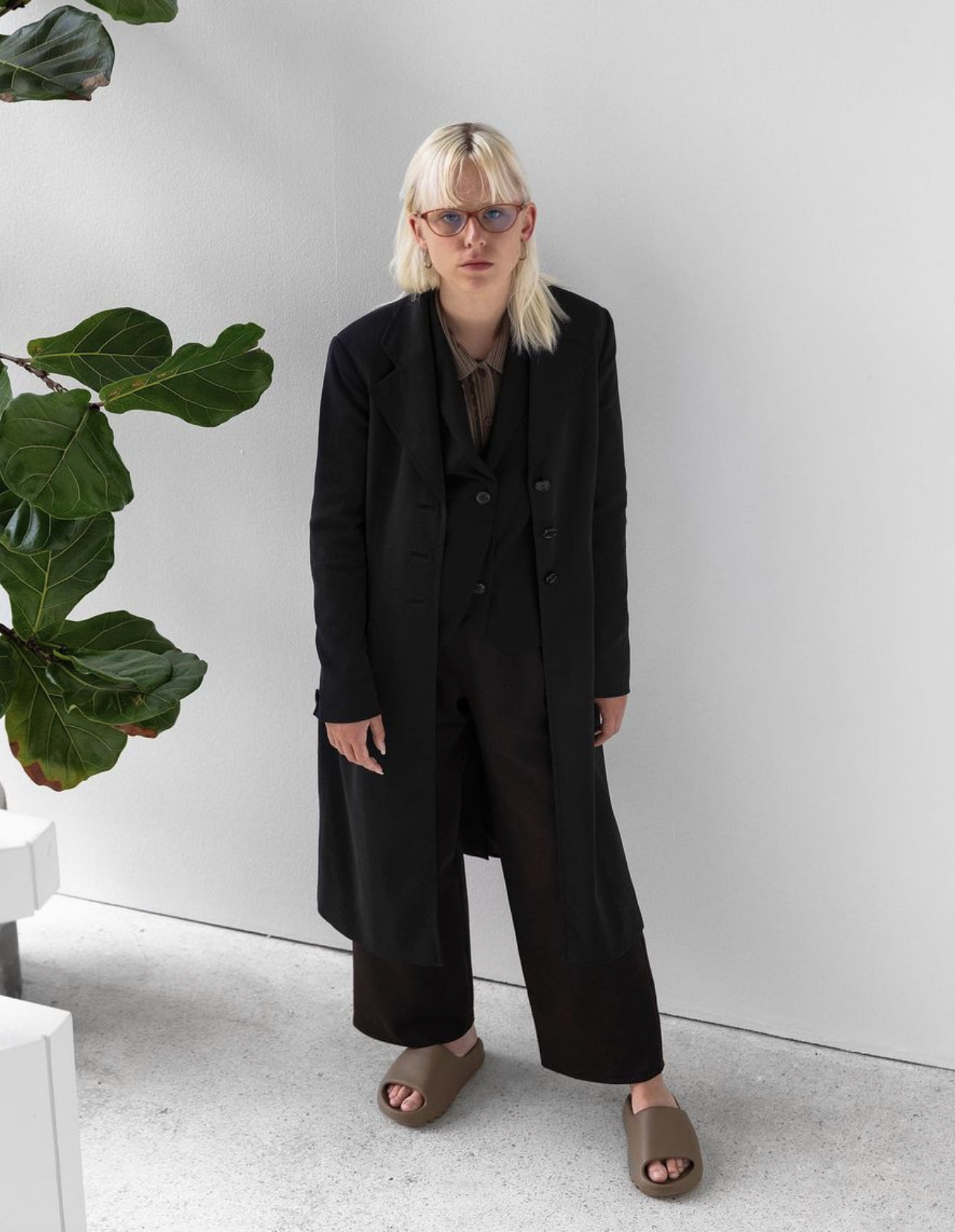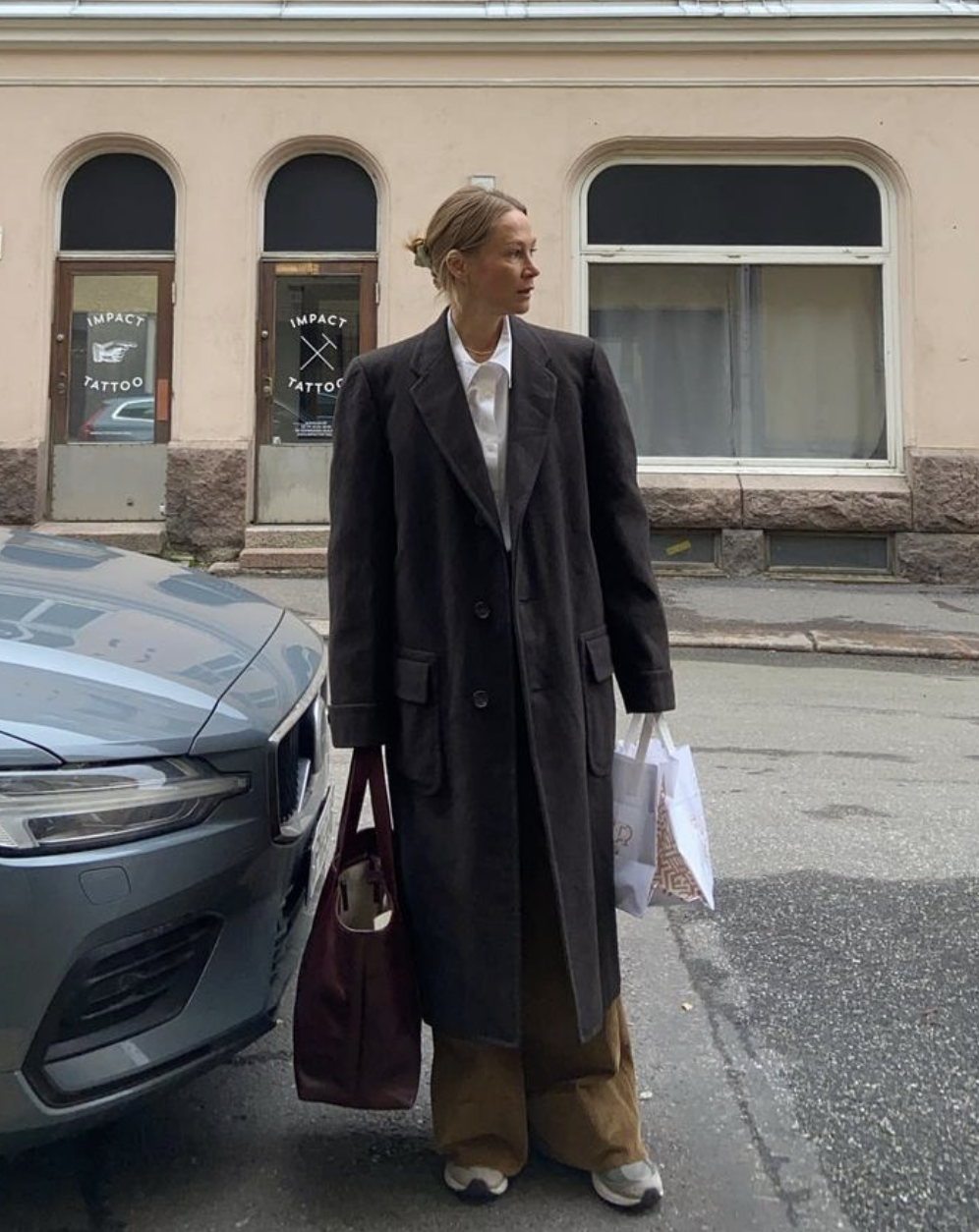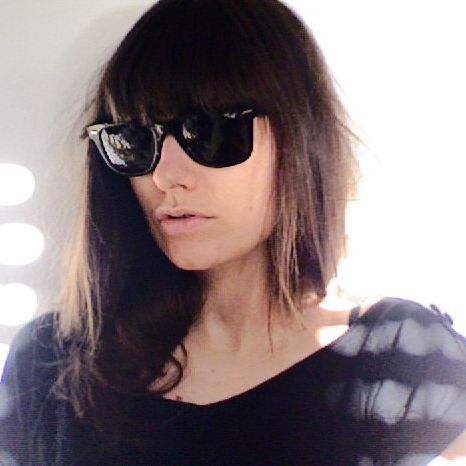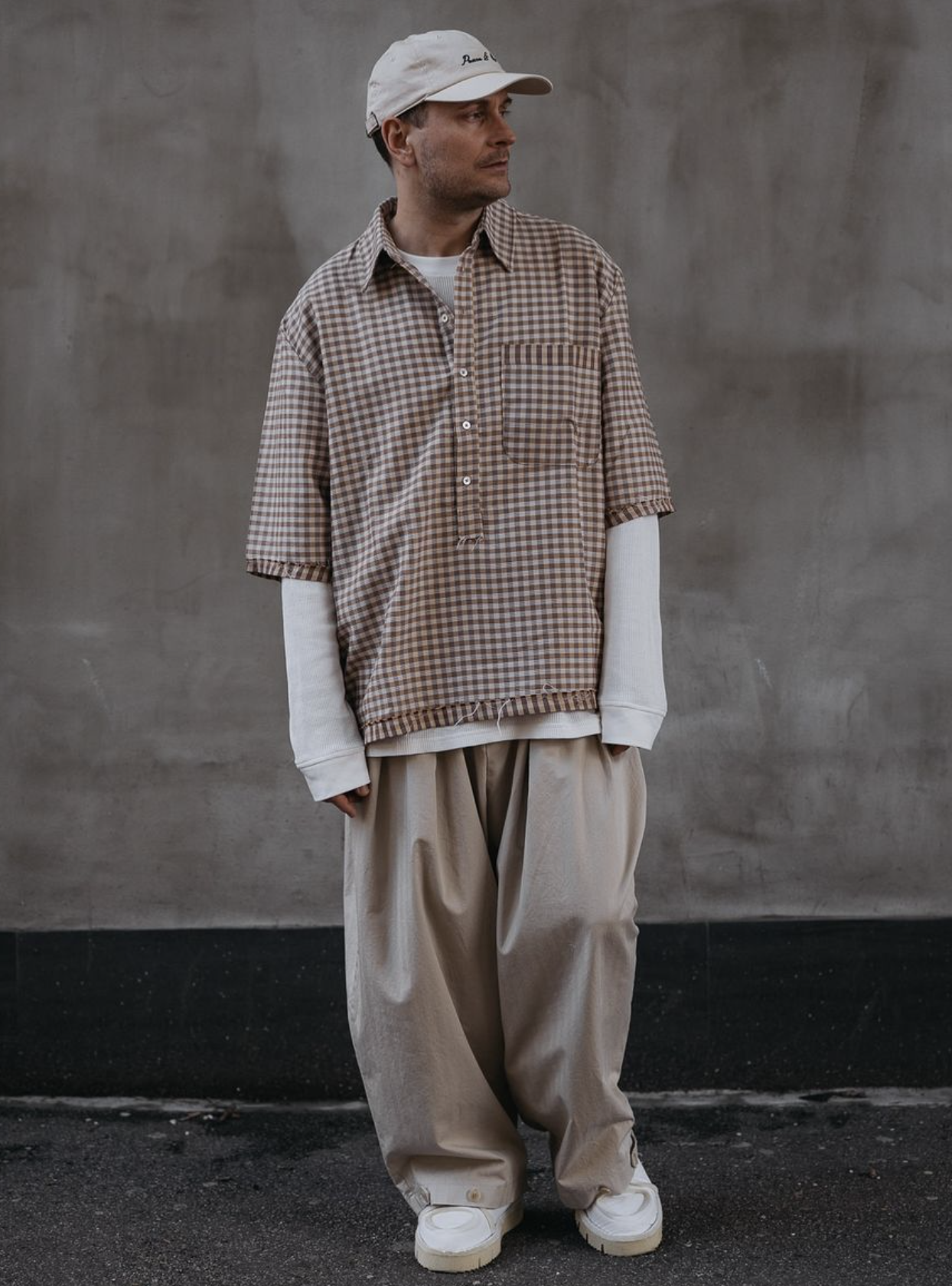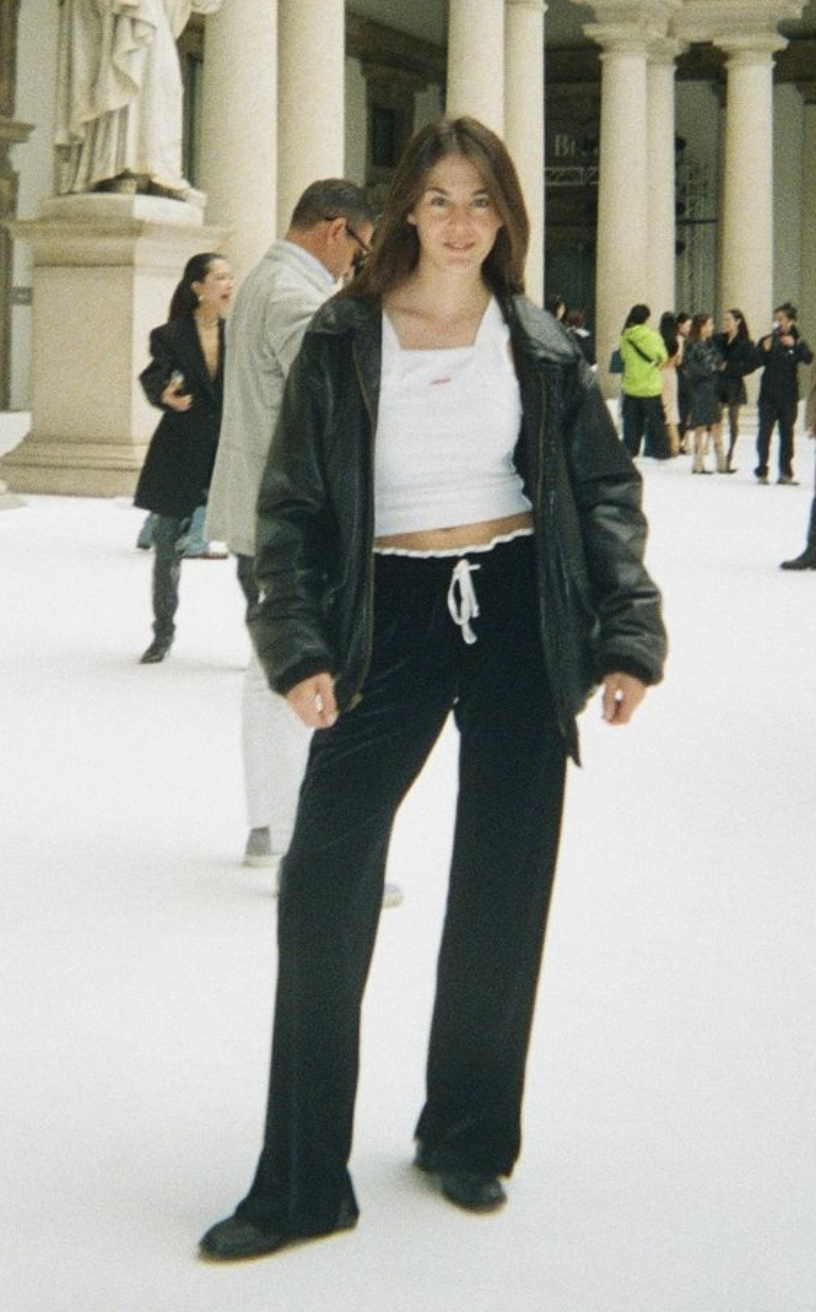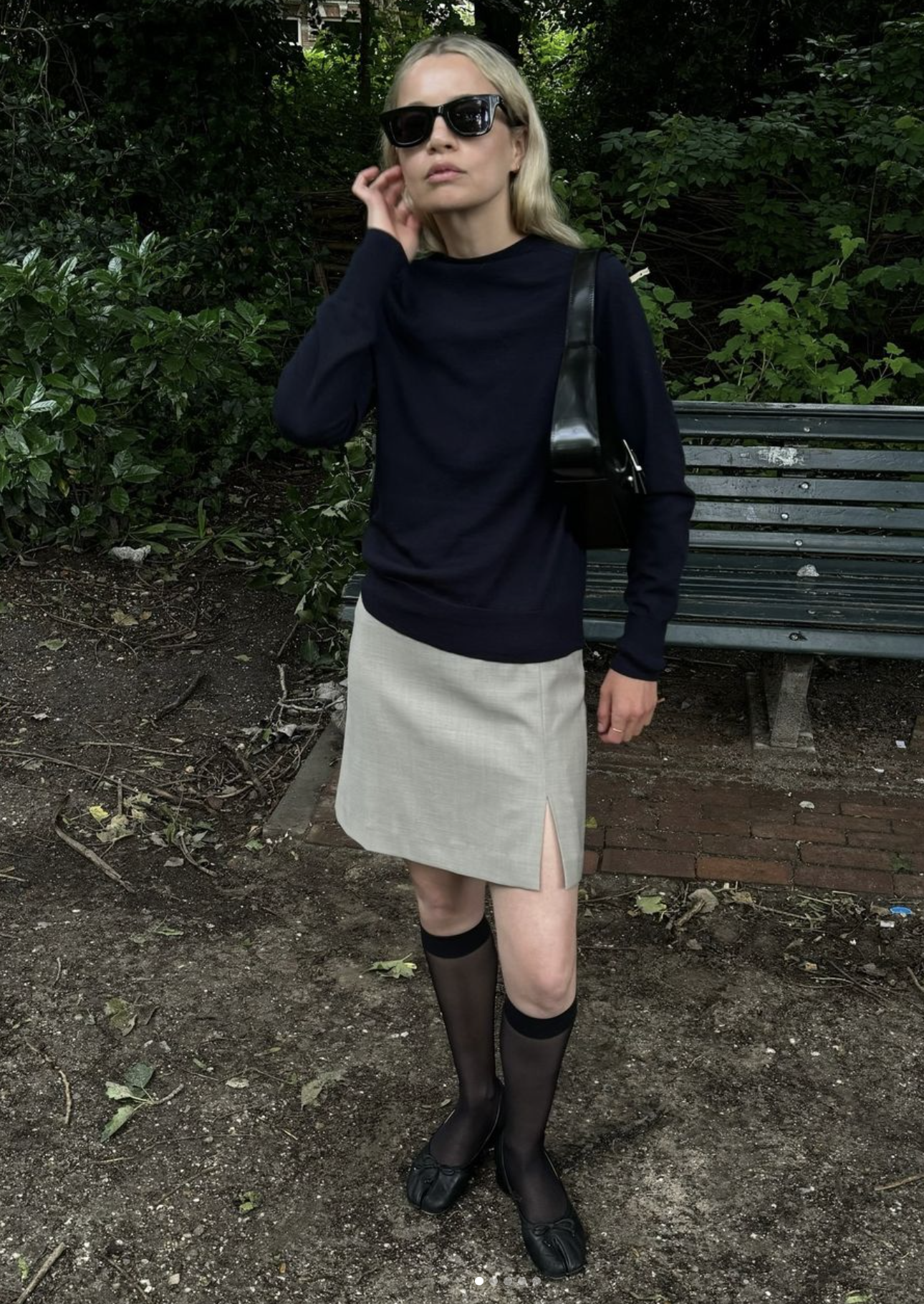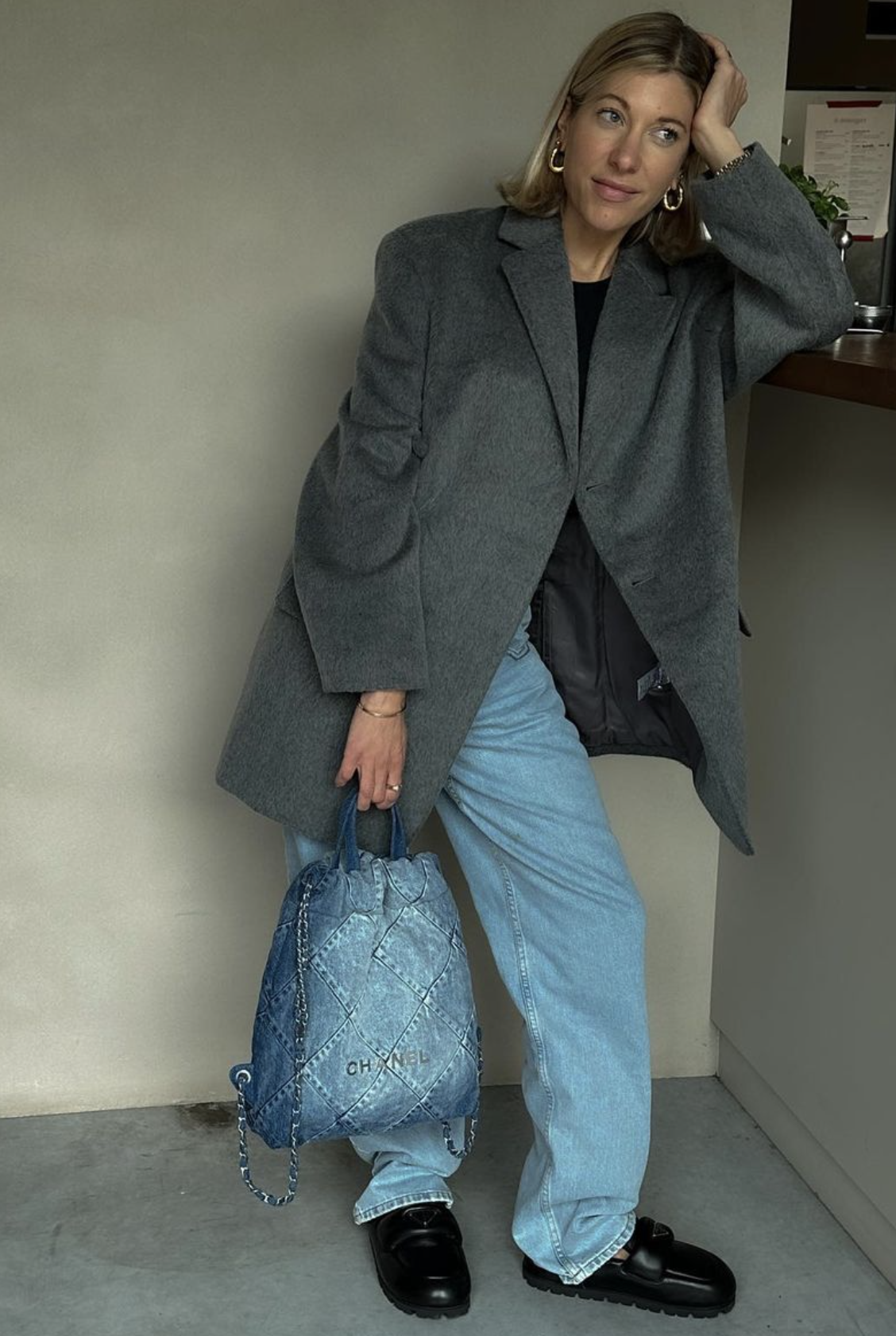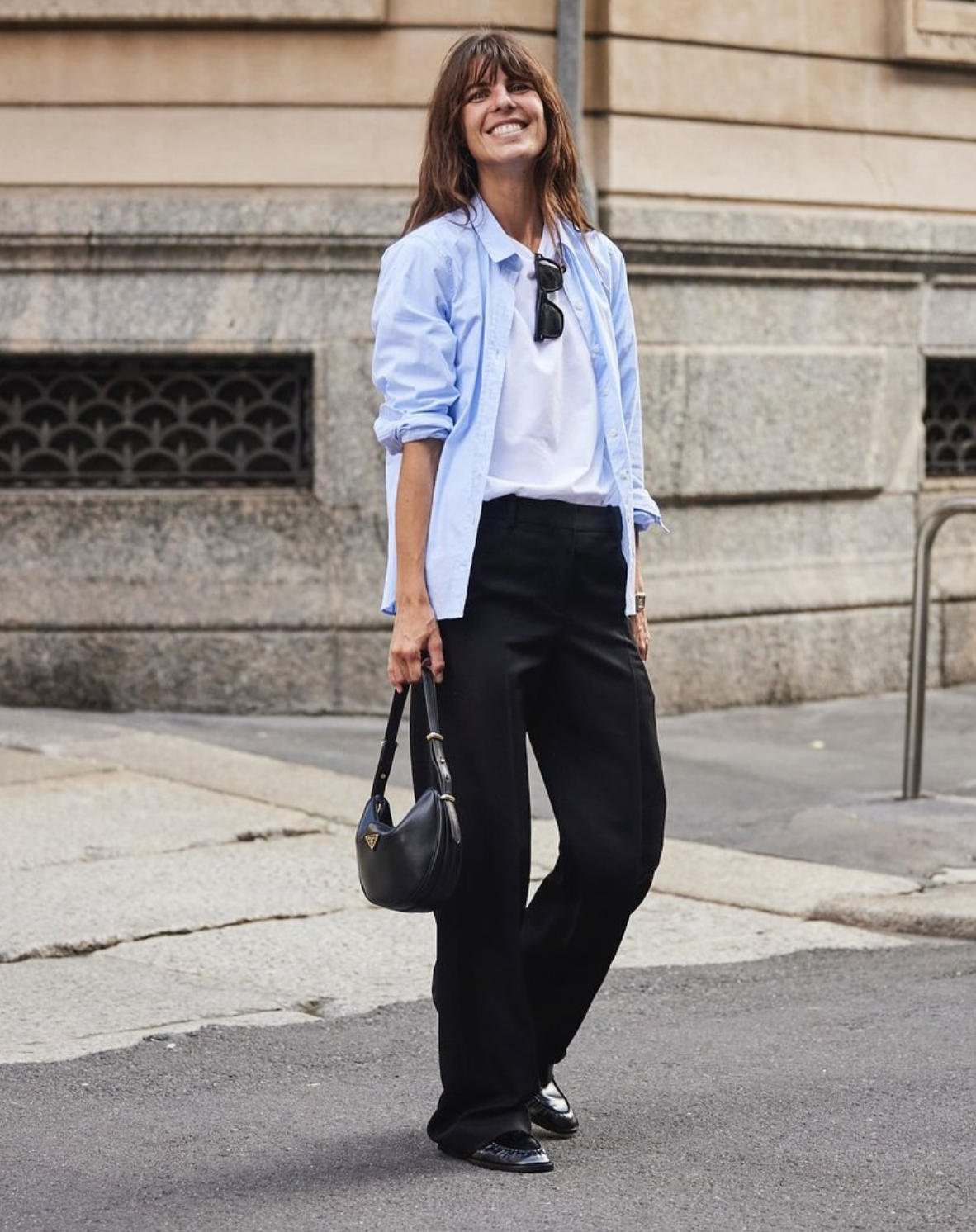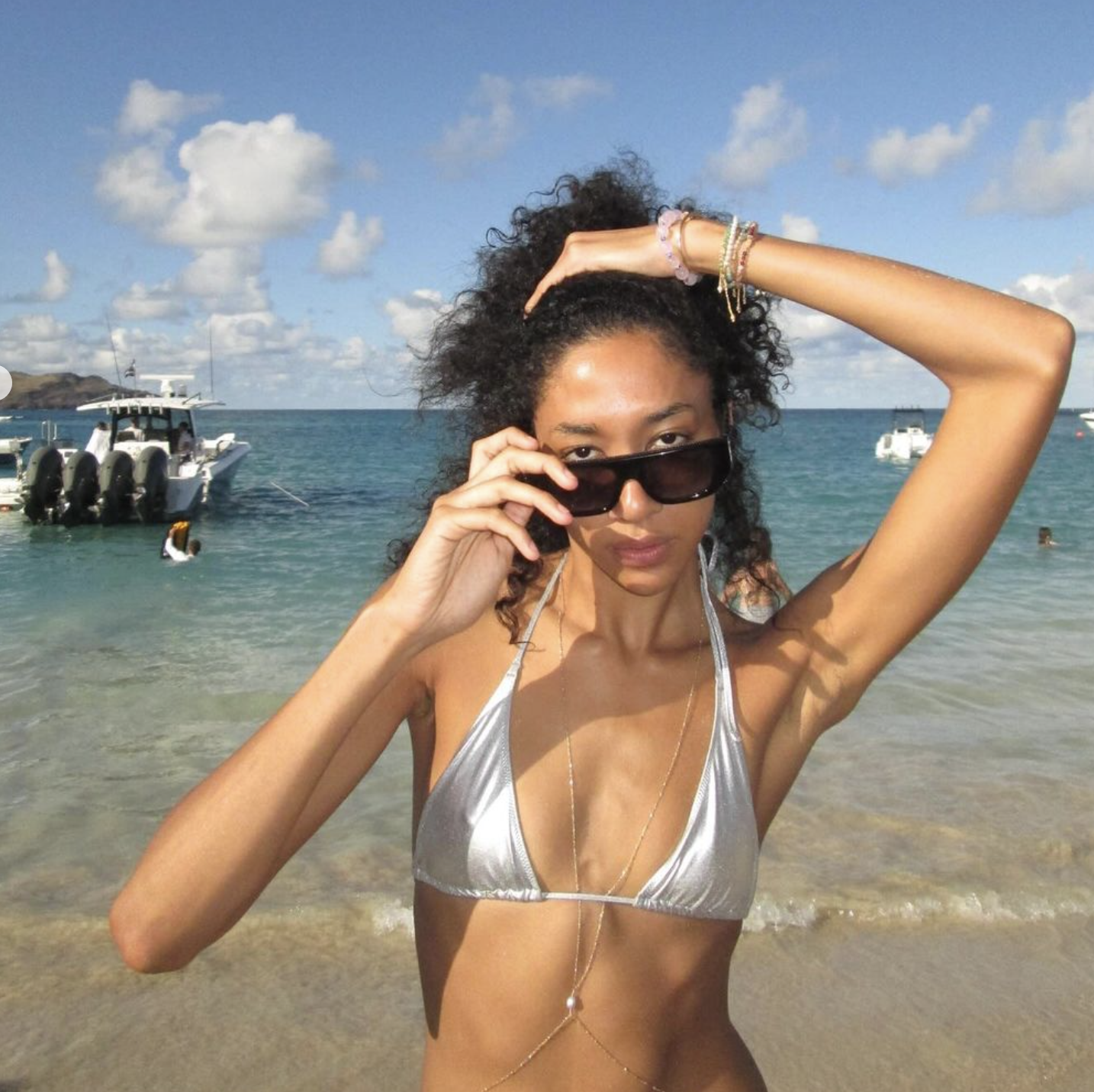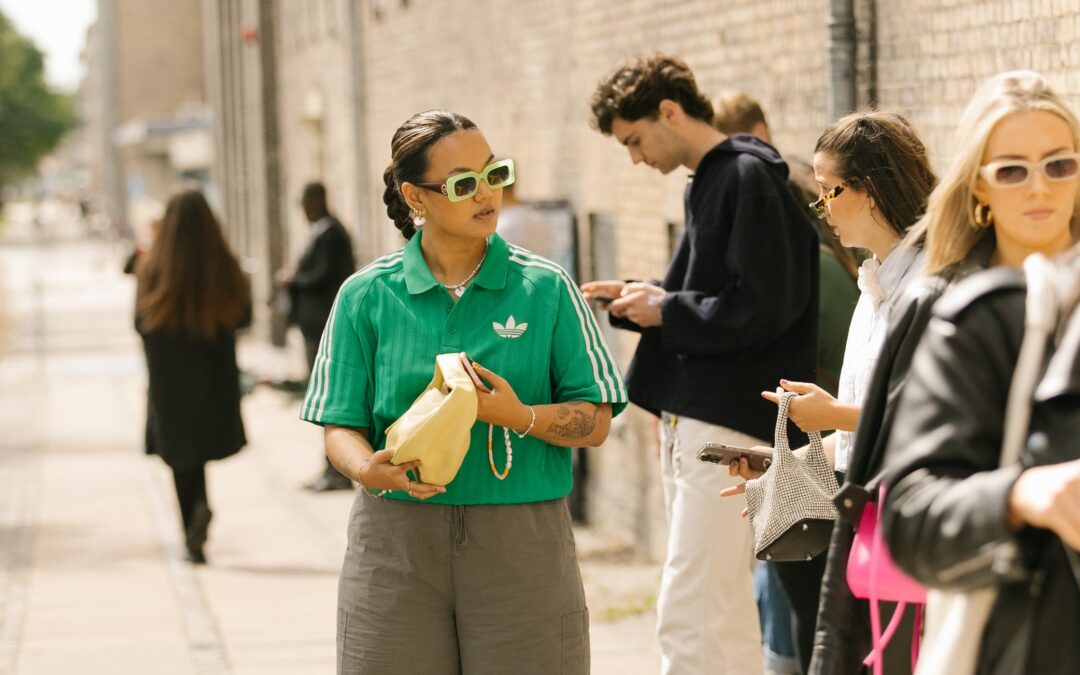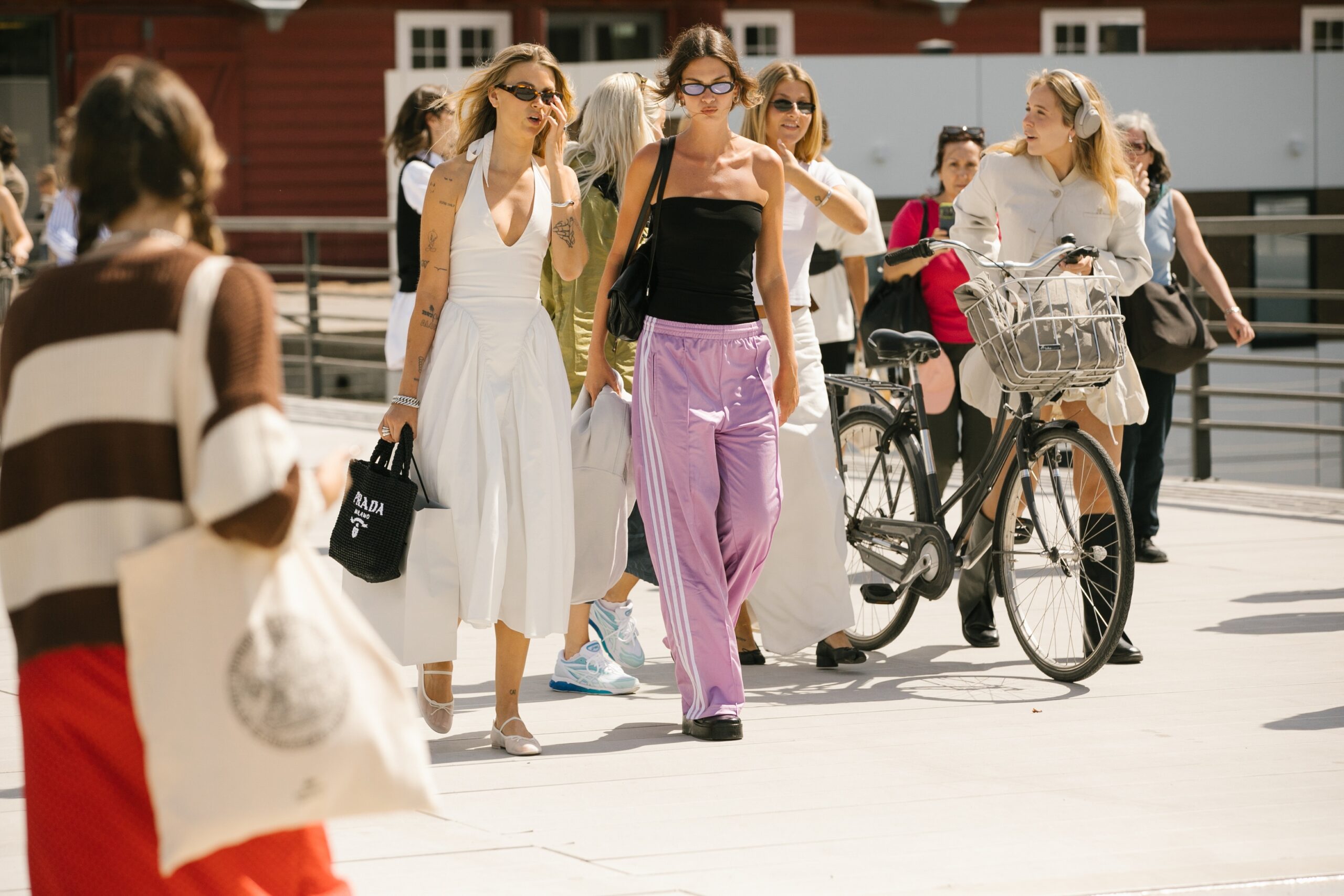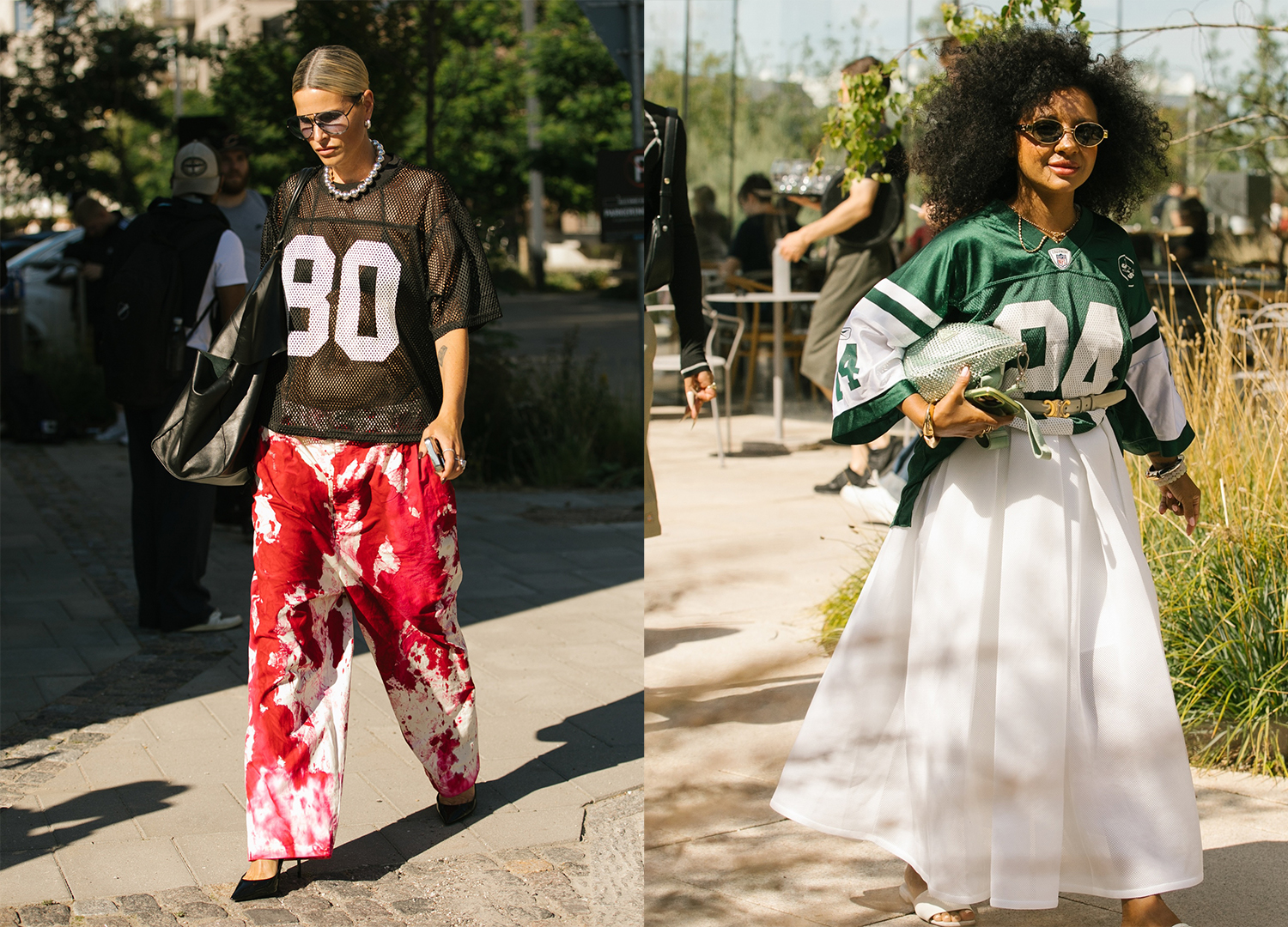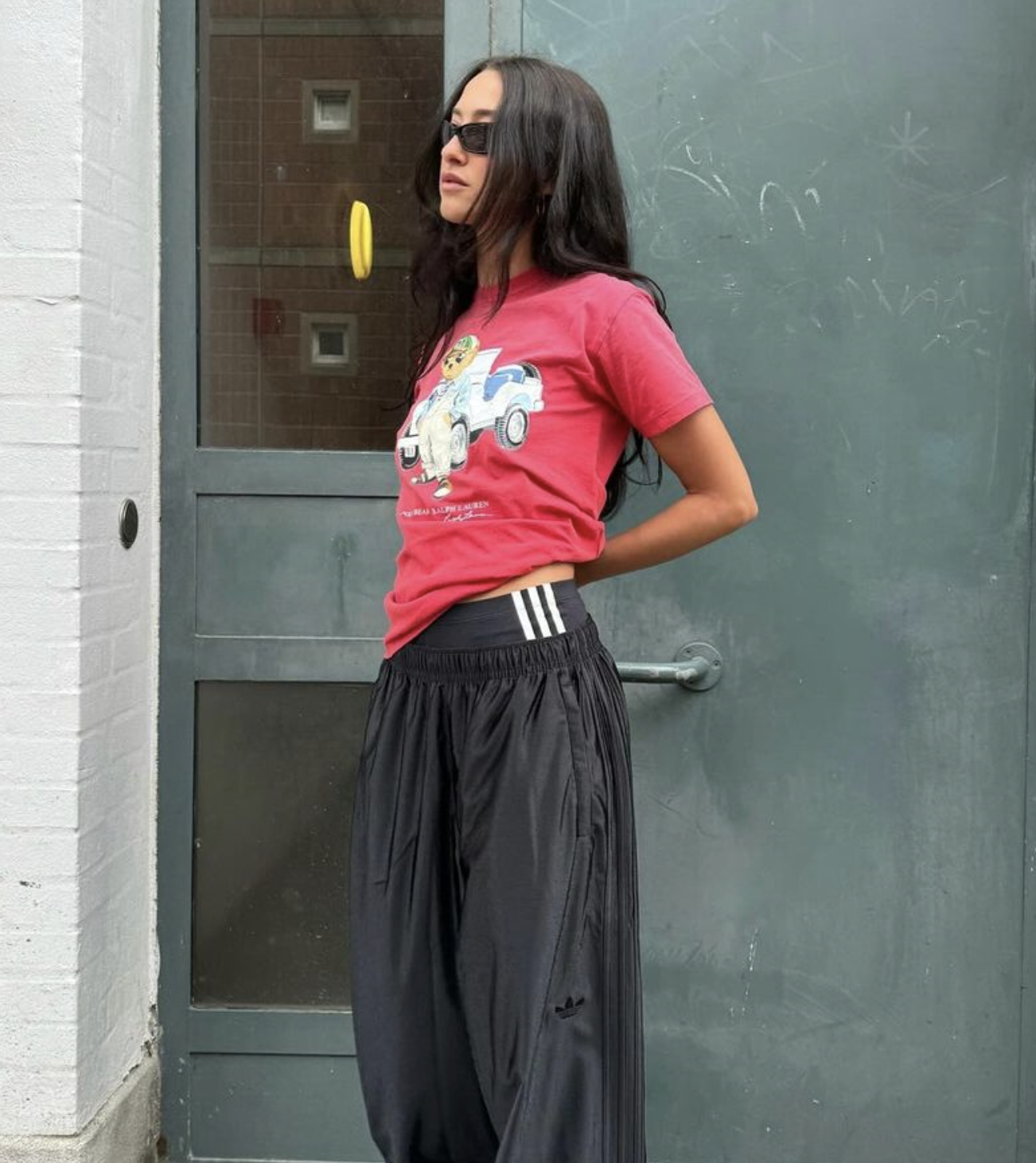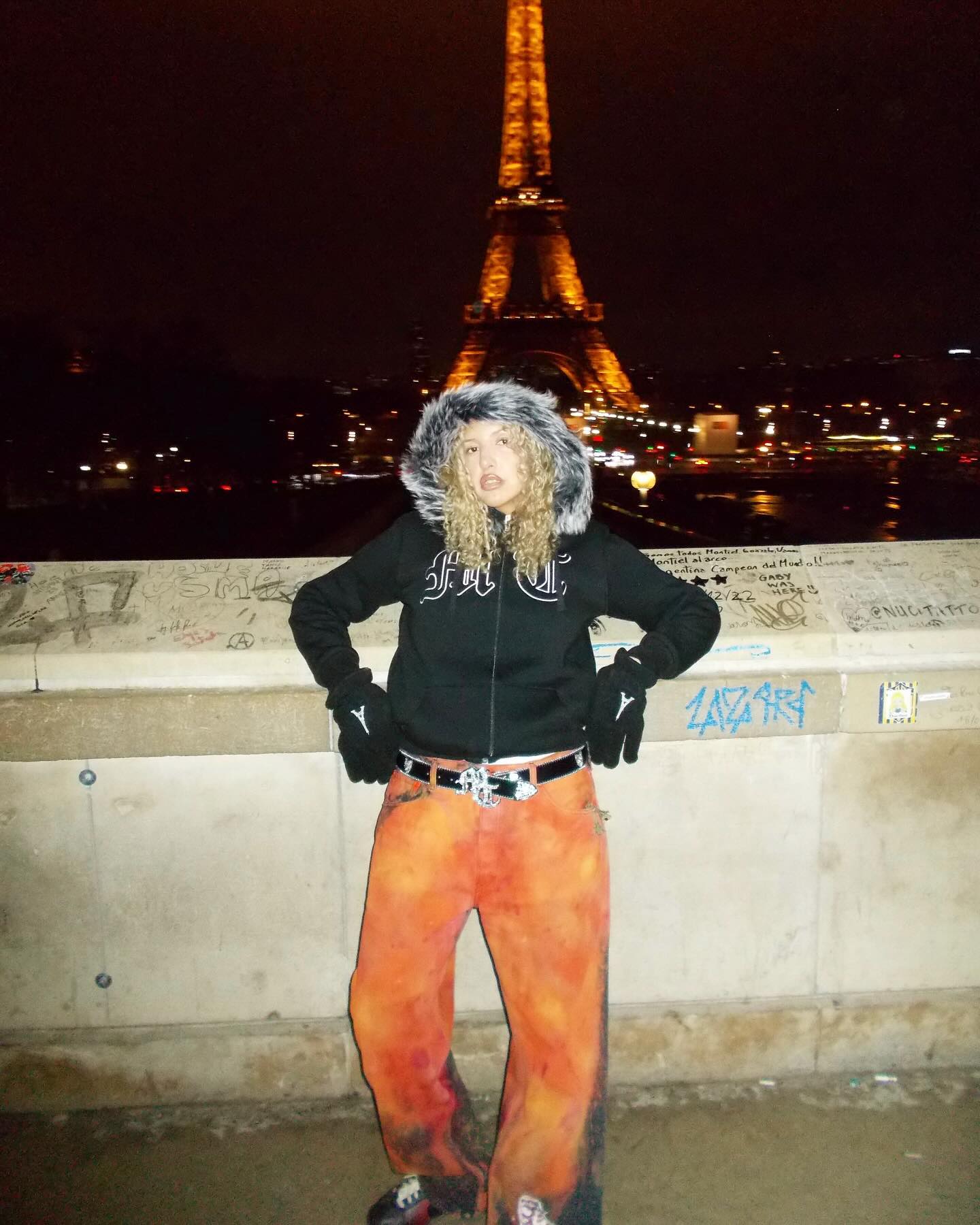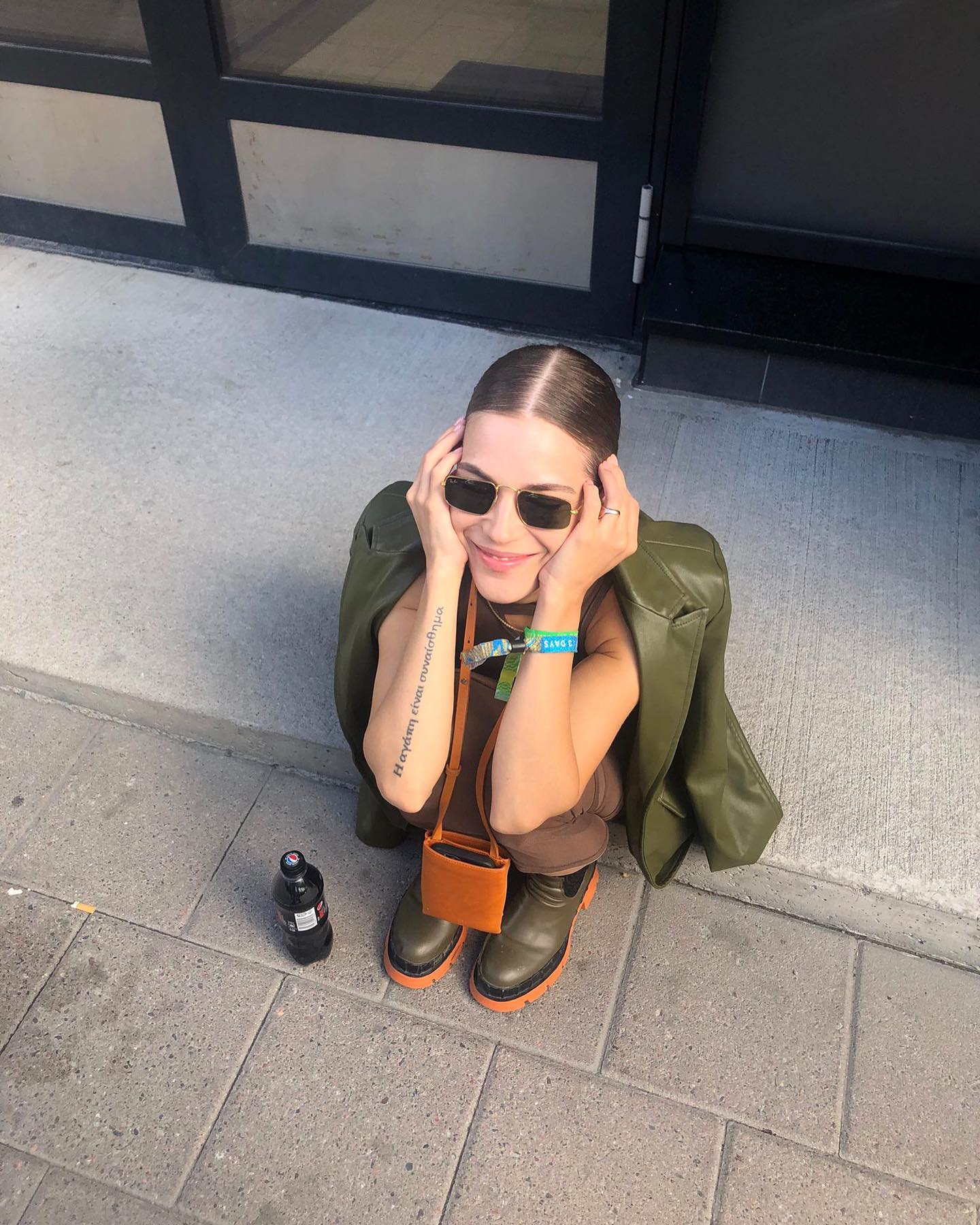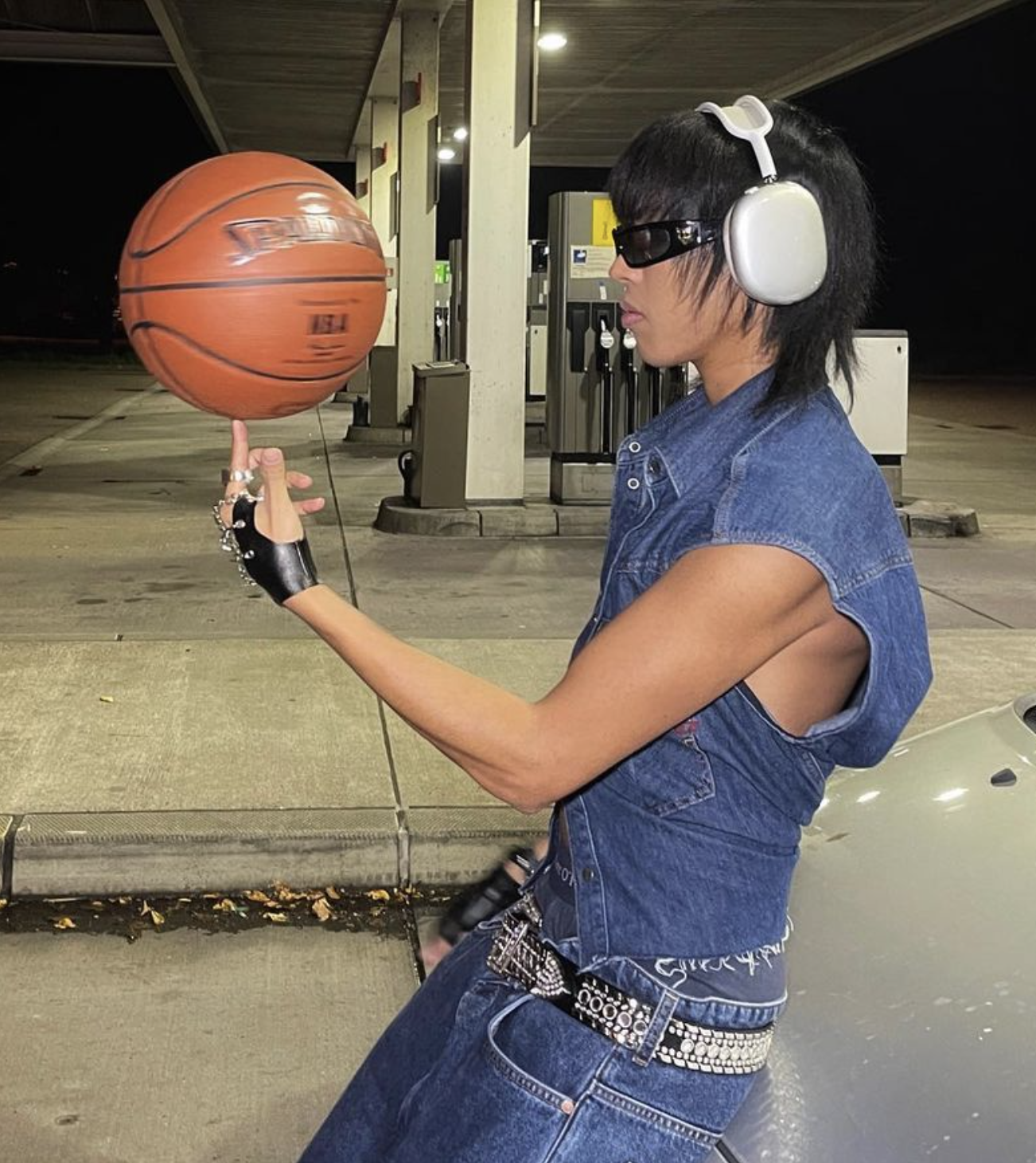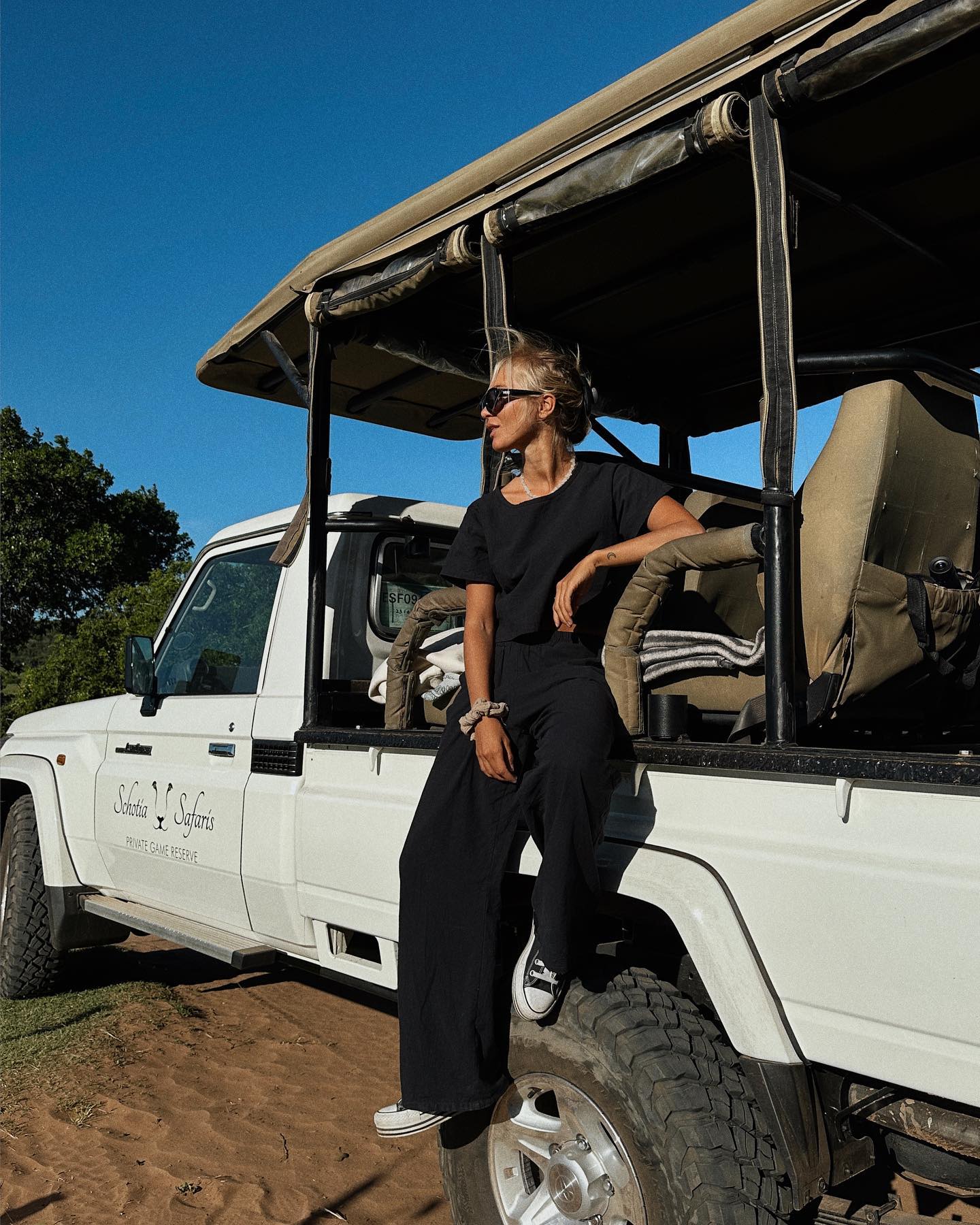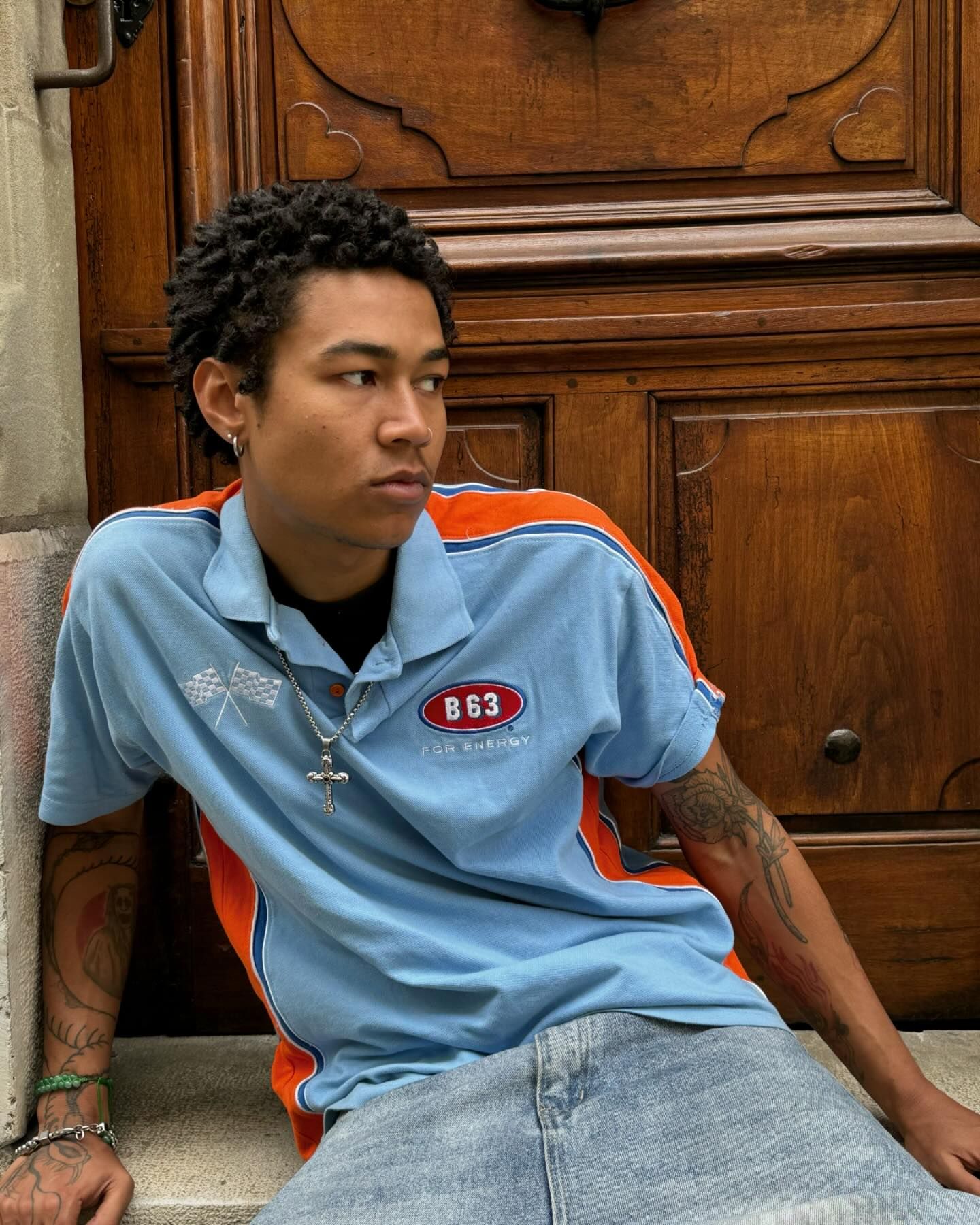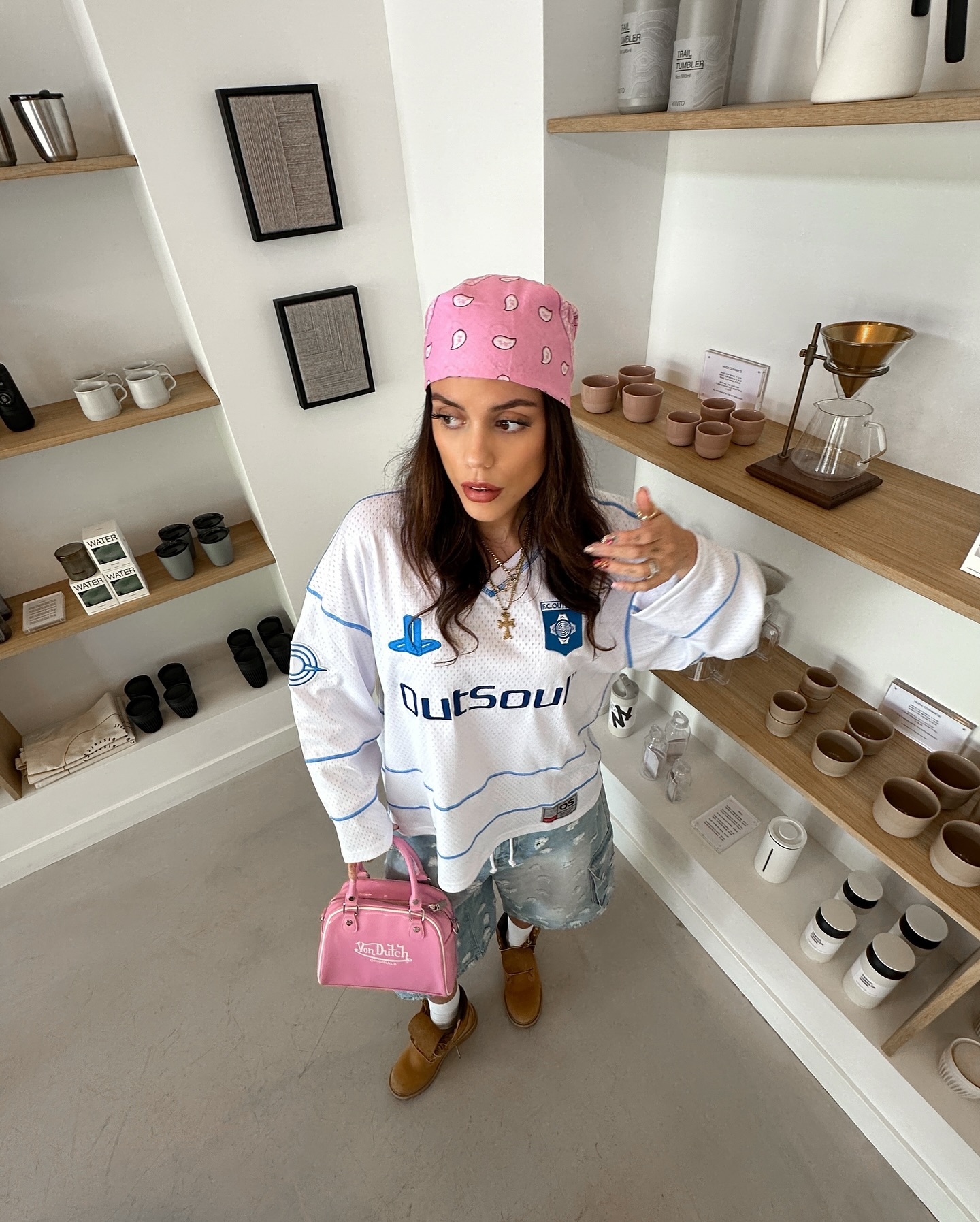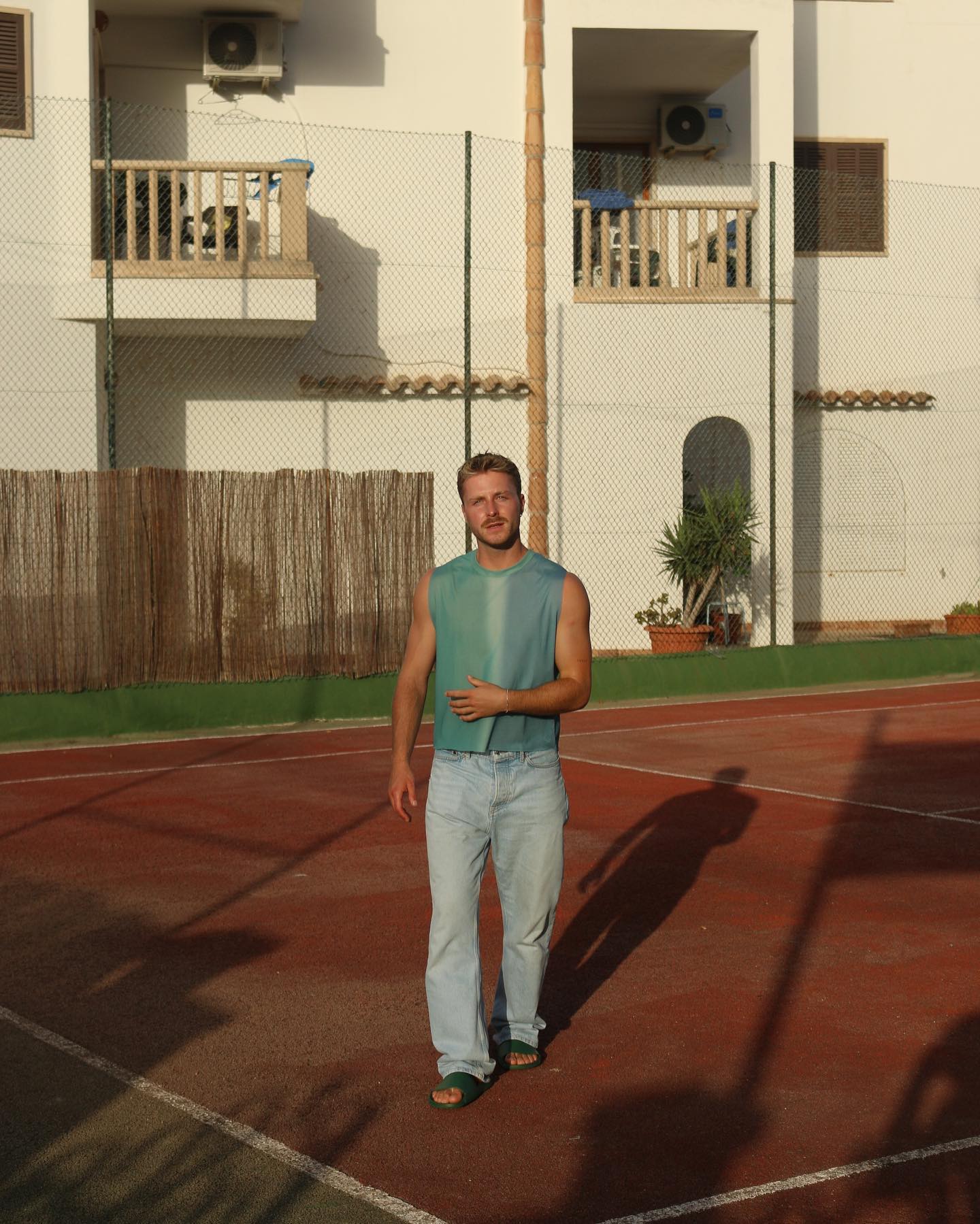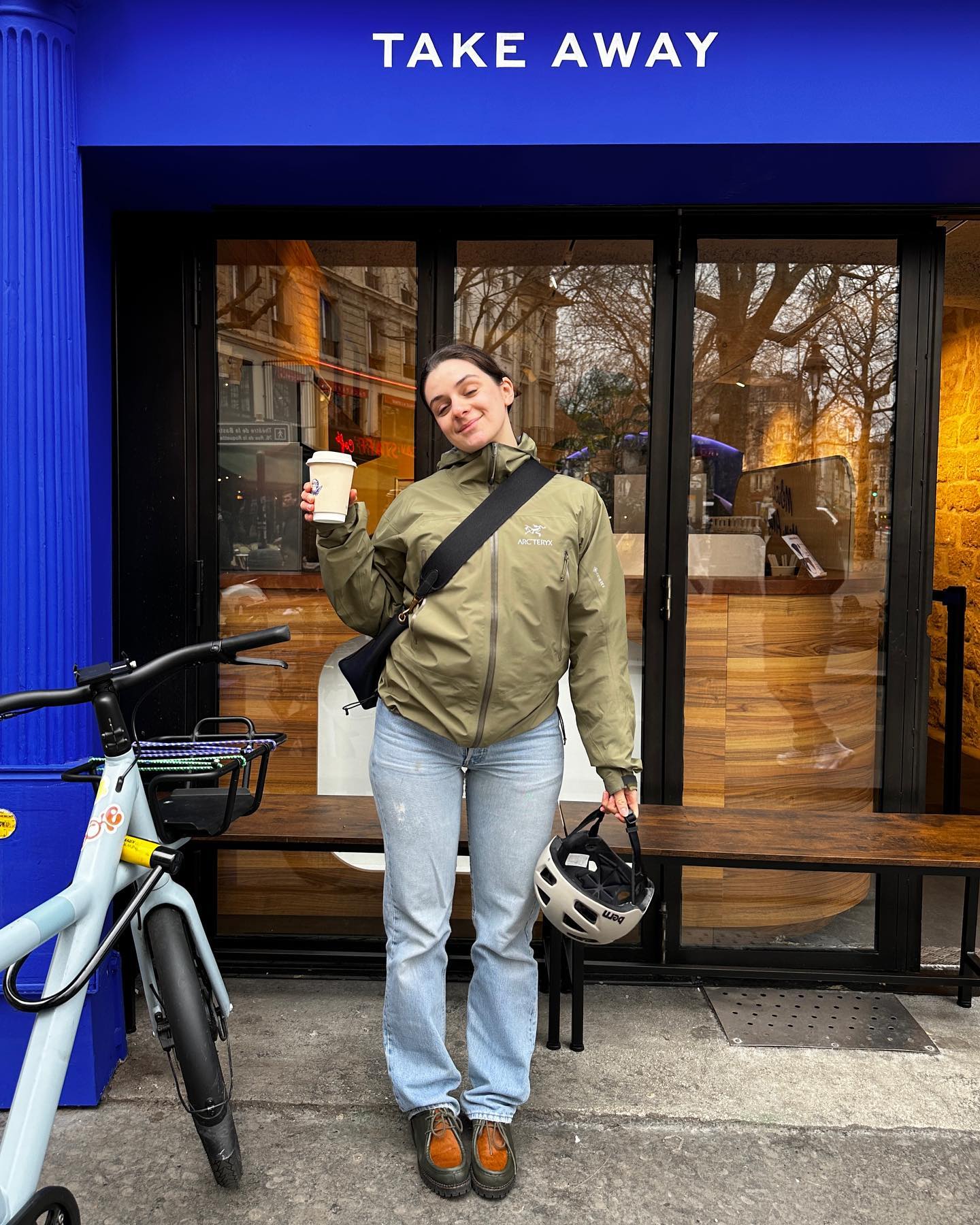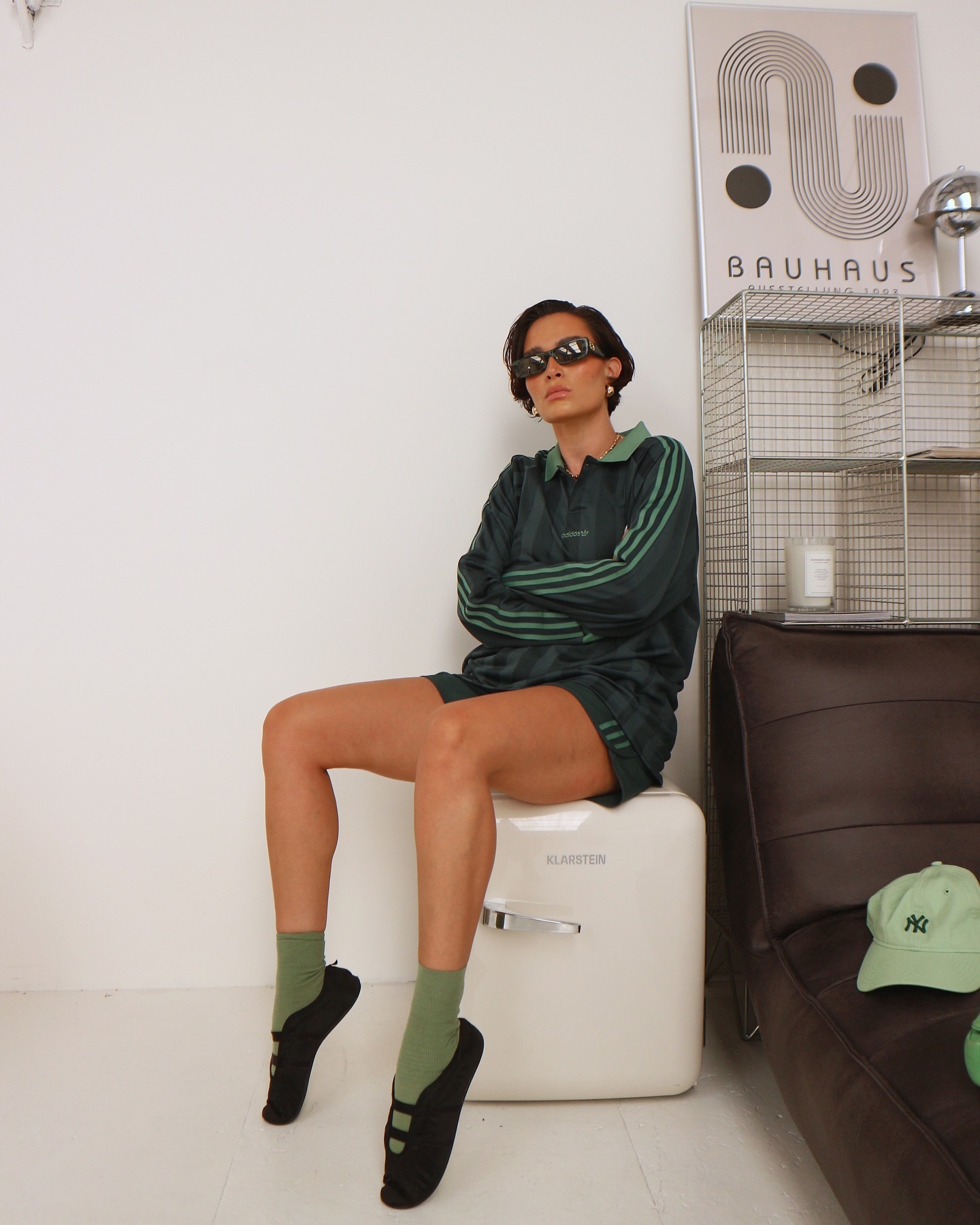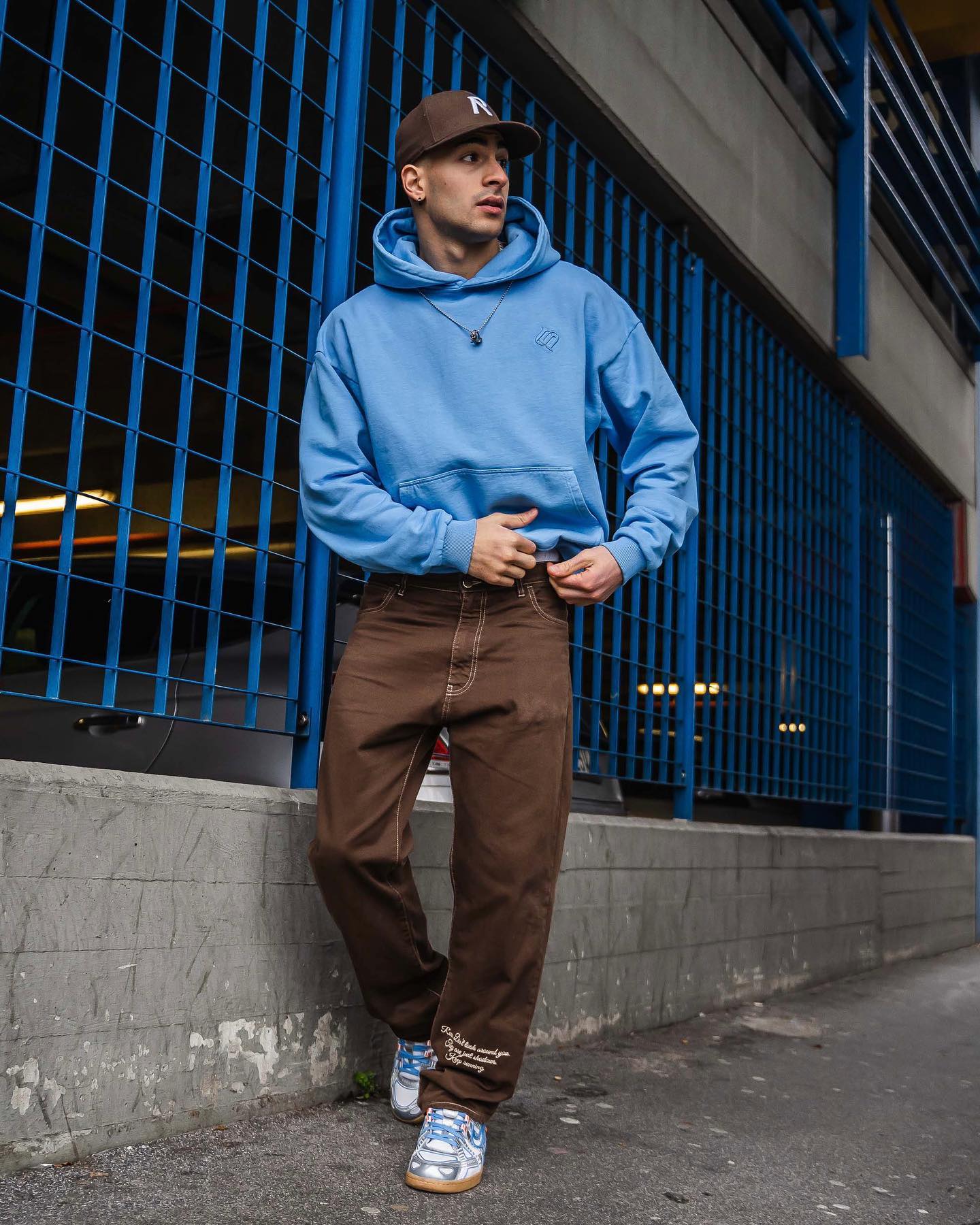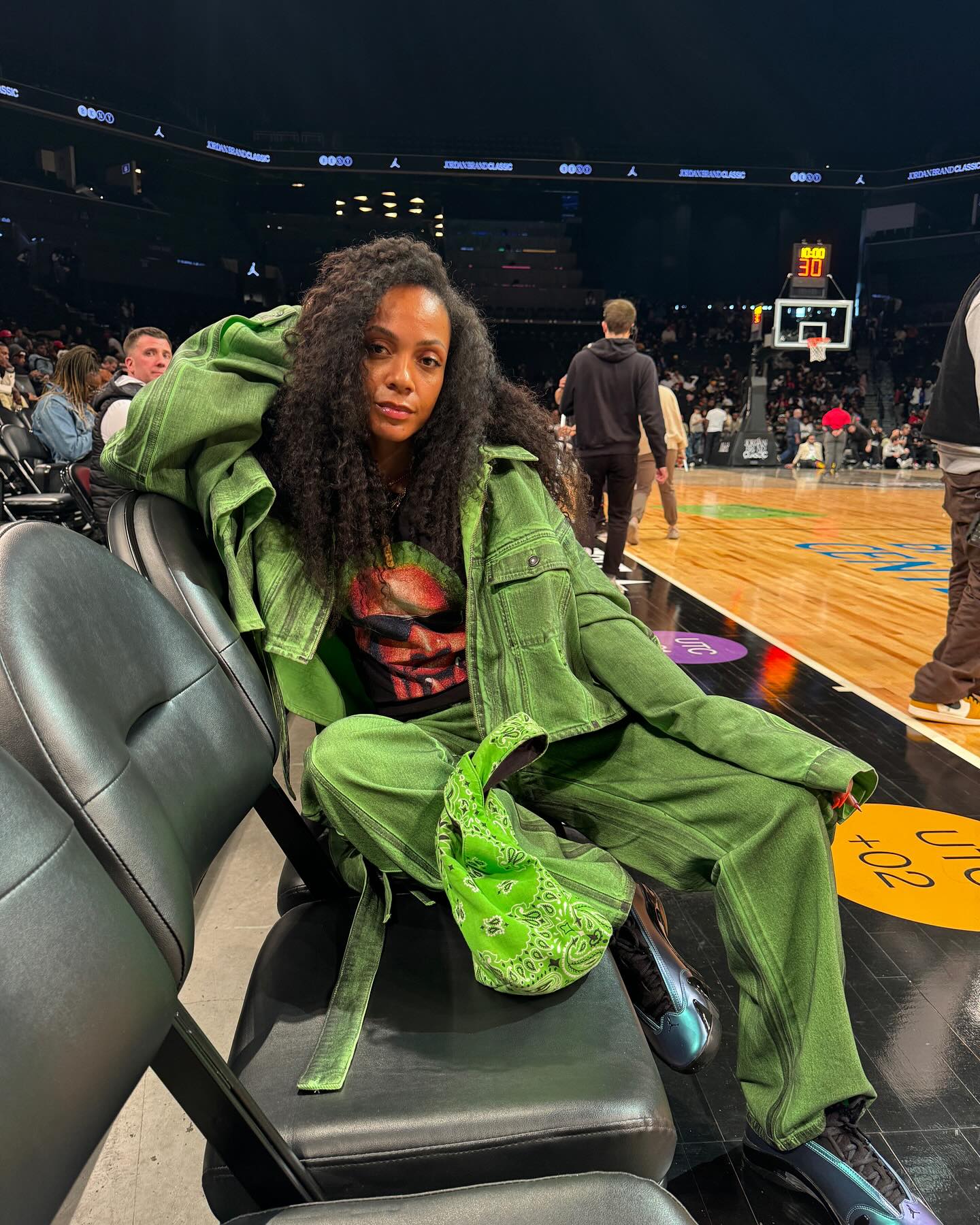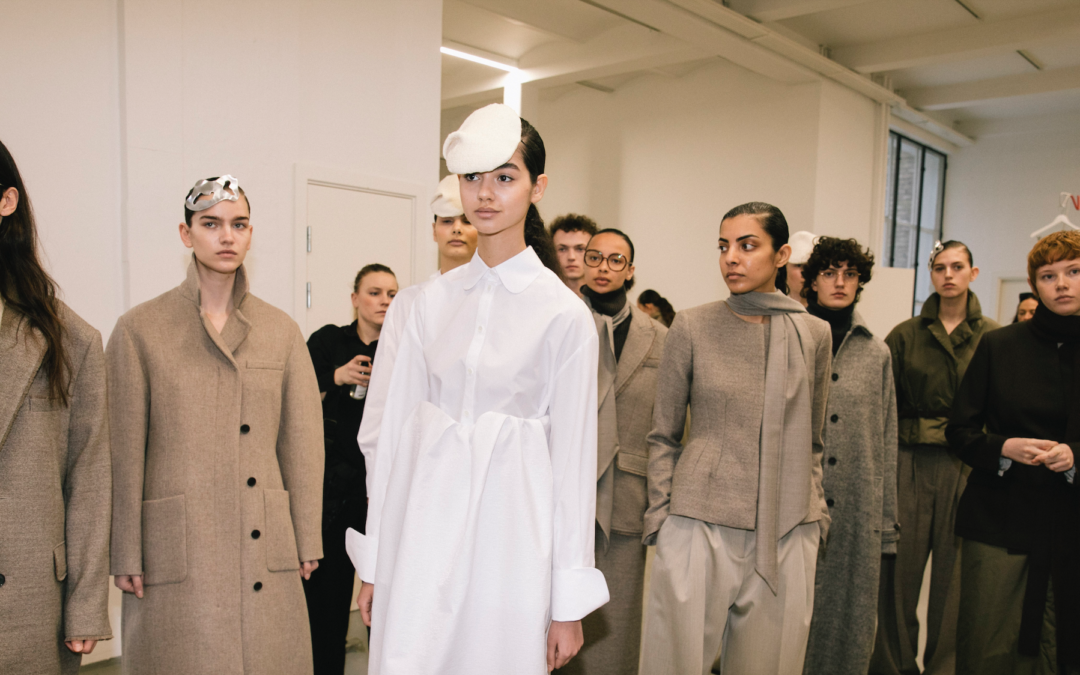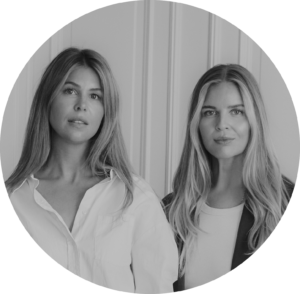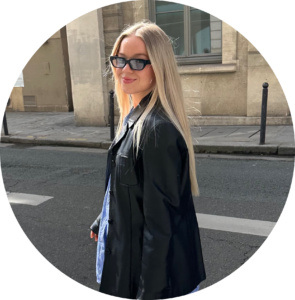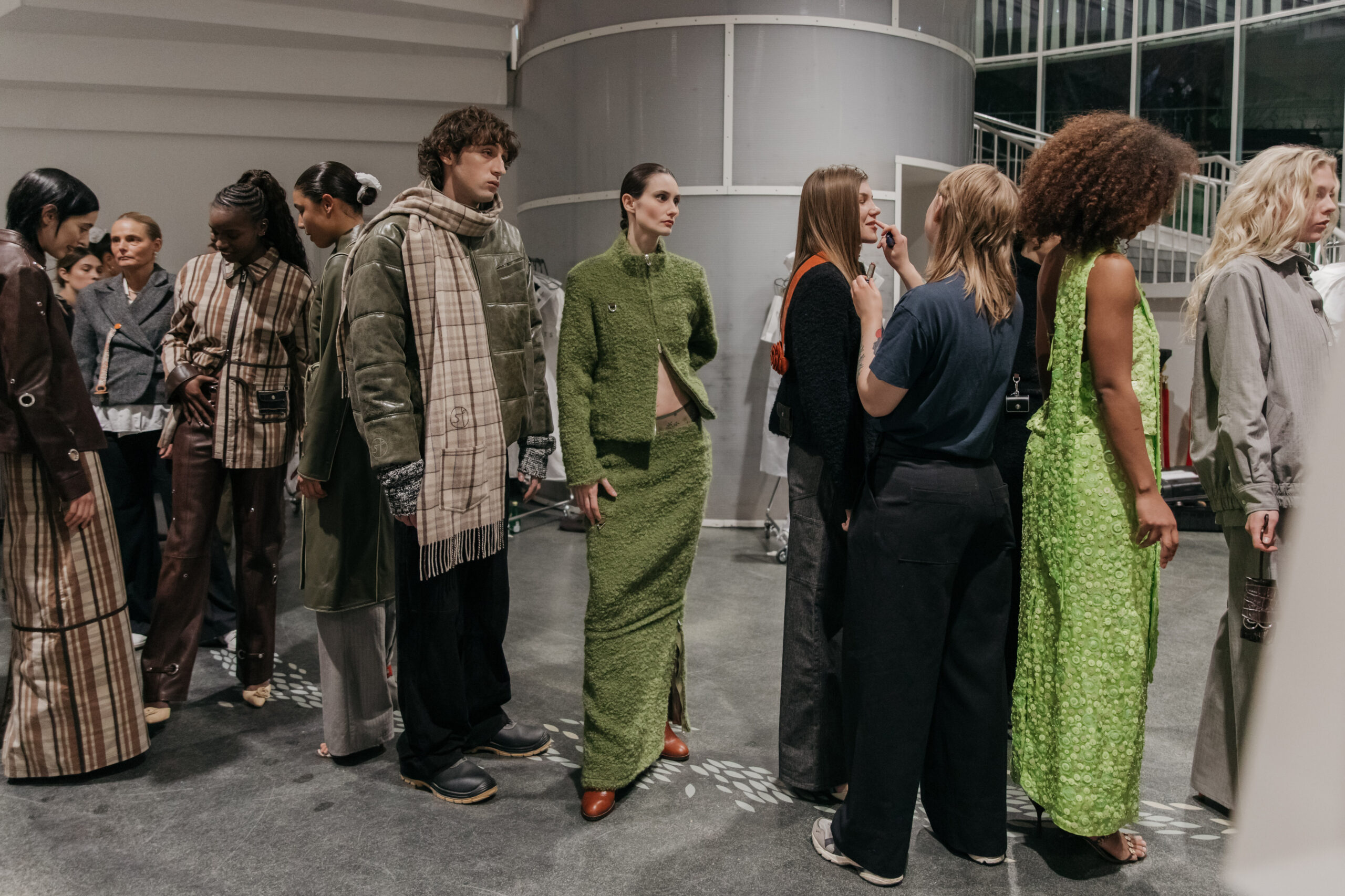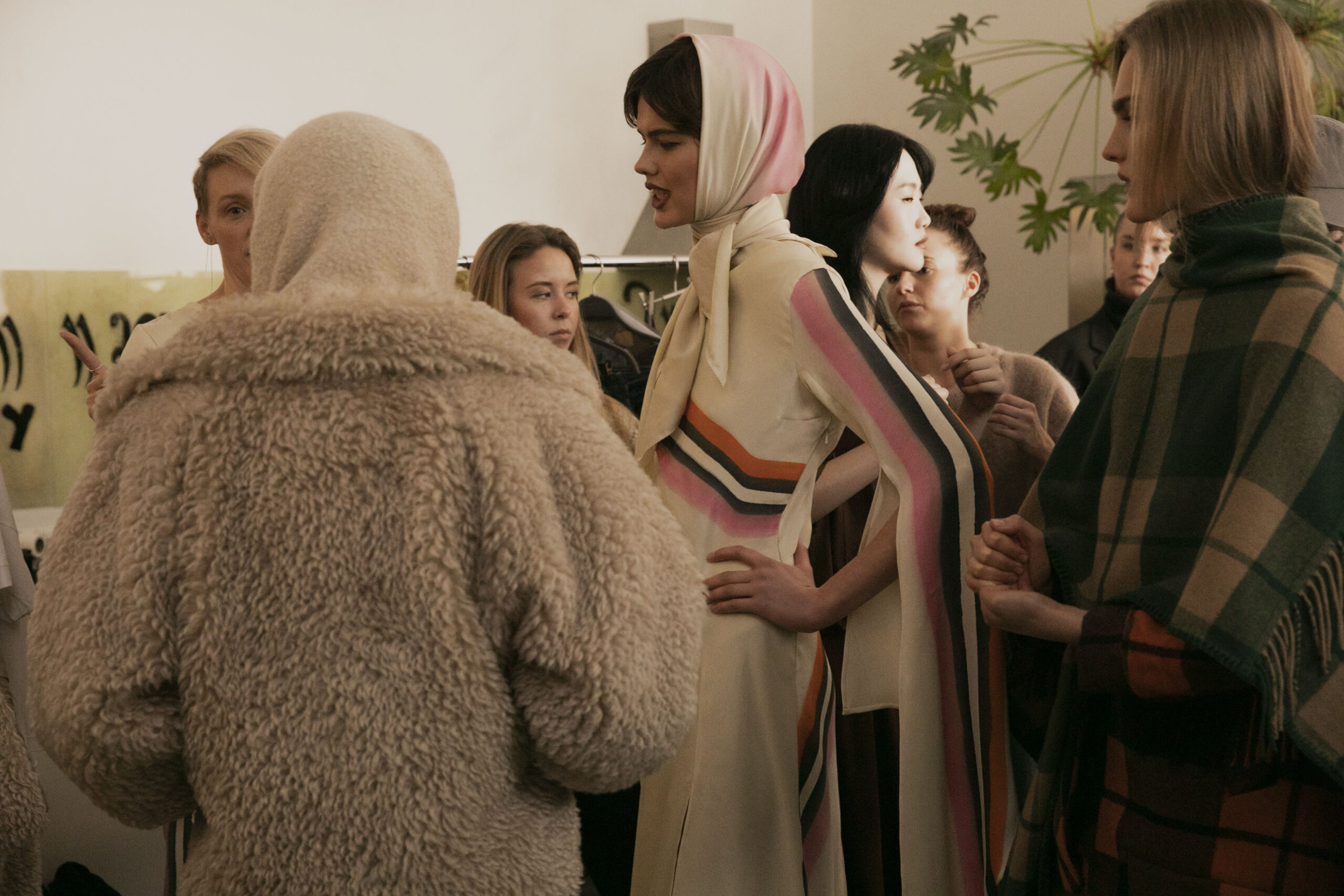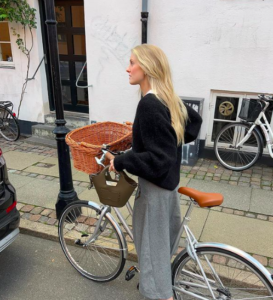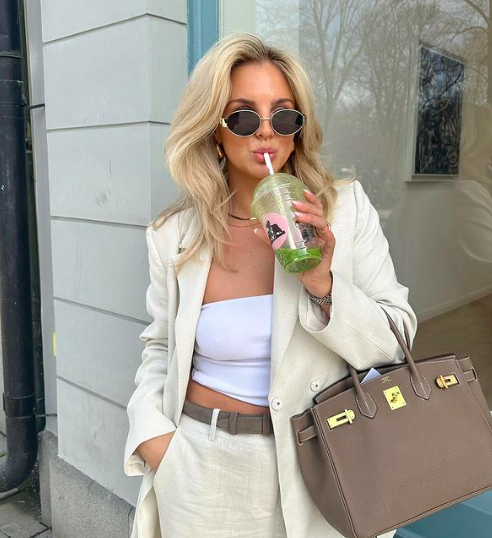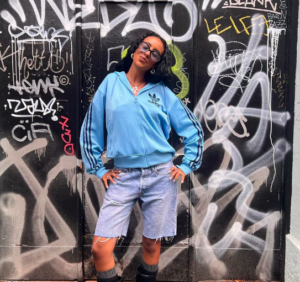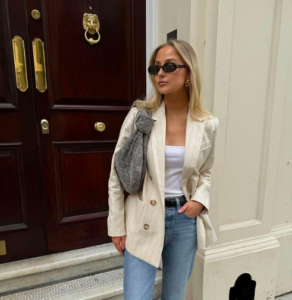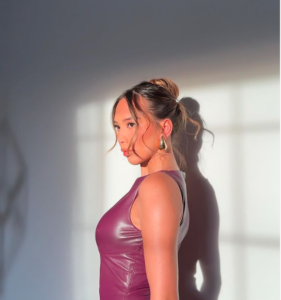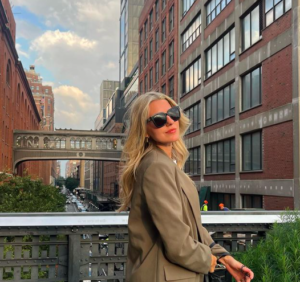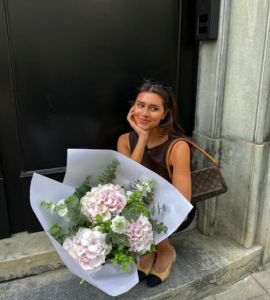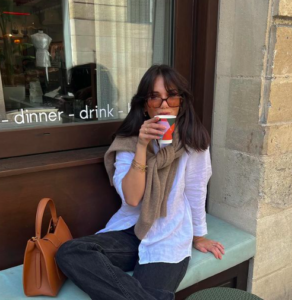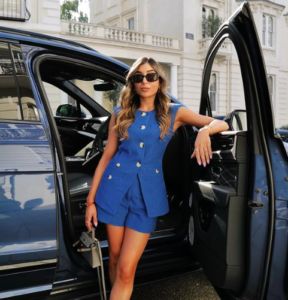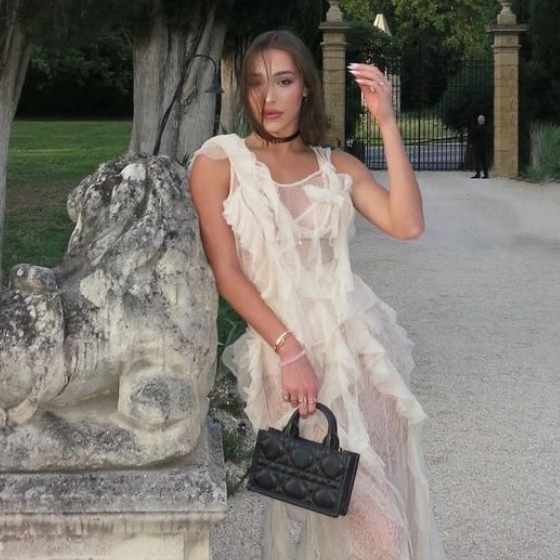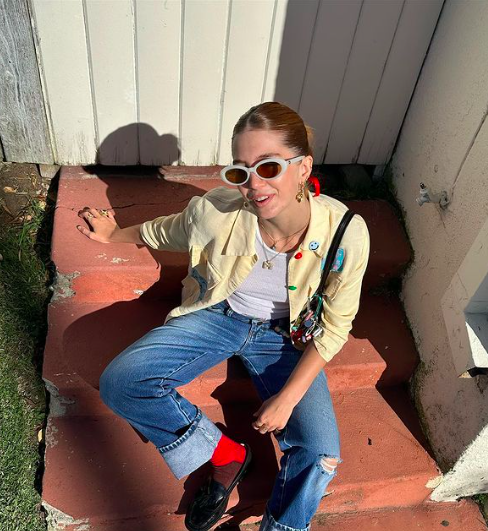With a fast-paced everyday life, the principles of slow living stand in a sharp and perhaps comforting contrast. As the movement progresses, more people are integrating the values of slow living into all areas of their lives – from slow food to slow fashion and slow...
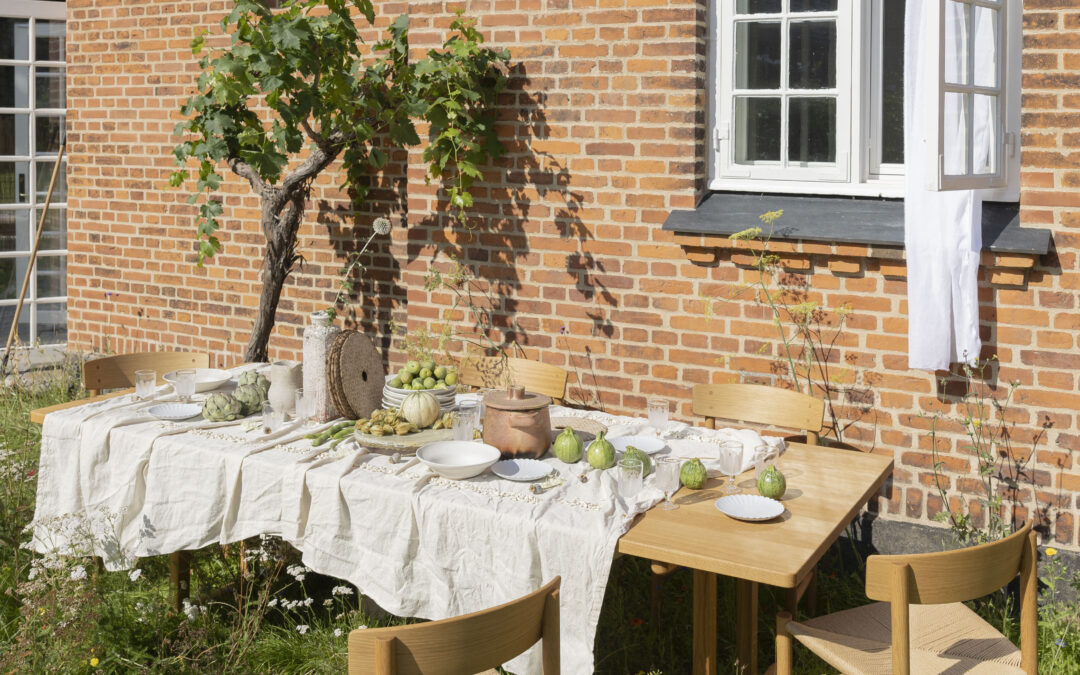
The Art of Slow Living: When Thoughtful Choices Redefine Design
The Art of Slow Living: When Thoughtful Choices Redefine Design
With a fast-paced everyday life, the principles of slow living stand in a sharp and perhaps comforting contrast. As the movement progresses, more people are integrating the values of slow living into all areas of their lives – from slow food to slow fashion and slow interior, promoting a more conscious and considerate approach. As consumers become increasingly conscious of their purchasing decisions, values such as sustainability, longevity, and mindful consumption are reshaping the industry’s priorities. We are able to observe: one seeks products and experiences that embody intentionality and craftsmanship, moving away from the fast-paced trends that often emphasize status and abundance. The shifting tides present both a challenge and an opportunity for brands to redefine their narratives and to connect more deeply with their audience. So how can slow living principles be incorporated into brands’ communication processes?
To explore this question in more depth, we will take a look at how slow living started, what exactly it means and how it may be relevant to brands in the future. For this, we talked to Astrid who advocates for slow living principles in fashion but also in all other aspects of life.
Meet Astrid Aschenbrenner

How it all began…
“Slowing down, doing less but doing it better” is the key slogan within the slow living movement. The idea is to prioritize spending time and energy on the things that matter. Easier said than done. First of all, we have to ask: What is important? What is necessary and what is not?
The slow living started in Italy in the 1980s when the activist and author Carlo Petrini initiated the Slow Food Movement, campaigning against the opening of a fast food restaurant in the heart of Rome. The movement has grown significantly and is now present in over 100 countries. Expanding the Slow Food Movement, Carl Honoré published his book “Praise of Slowness” in 2004, in which he translates the principles of slow living to other aspects of life.
Another milestone in the movement is the Covid-19 pandemic, forcing society to slow down in the midst of an ever-increasing pace of life (fun fact: there were 4x more searches for YouTube videos with ‘slow living’ in the title in 2020 compared to 2019, have a look at the study).
For Astrid, her focus on sustainability and slow living came from a personal tendency to always do as much as possible, as fast as possible. Burning out shifted her perspective towards the opposite way of living life:
“For me, slow living doesn’t mean ‘doing everything perfectly sustainably’, but rather making conscious choices: Where do I want to focus my energy? And sometimes, that simply means refusing to be rushed by a system that is never satisfied.“
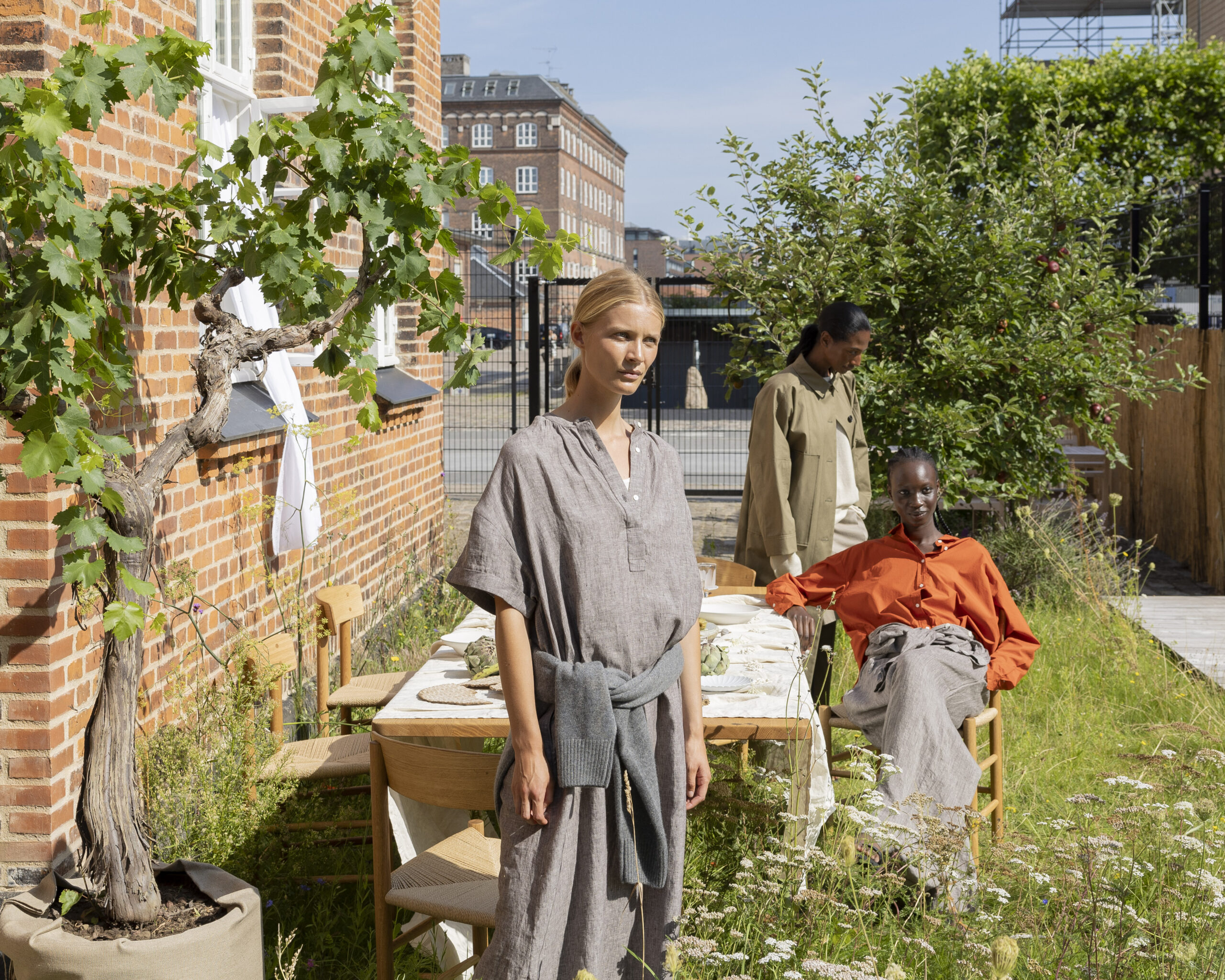
Copenhagen Fashion Week SS25, AIAYU
What does it mean to live a ‘slow life’?
Living a slow life is about making intentional choices, cultivating mindfulness, and placing quality above quantity. It comes with a deep appreciation for everyday experiences, a focus on what truly matters, and a decrease of unnecessary distractions. This philosophy does not only affect how we view life but also how we consume and interact with the things we own. In Astrid’s words:
“You don’t have to do it all. For me, slow living also means consciously saying ‘no’ when something doesn’t align with my values.“
Slow living is a celebration of craftsmanship, sustainable production practices, and timeless design. Whether that is in our wardrobes or in our homes, it means investing in fewer but higher-quality pieces that last longer, reducing waste, and supporting ethical labor practices. Instead of following fleeting trends, consumers are encouraged to curate wardrobes and spaces with versatile, well-crafted staples that support well-being.
The benefits of embracing slow living are manifold. On a personal level, it reduces stress and cultivates a sense of fulfillment through intentional living. For the environment, it leads to reduced waste and more sustainable resource consumption. For brands, it offers an opportunity to support deeper connections with consumers by communicating values of transparency, ethics, and craftsmanship – qualities that resonate with today’s mindful buyers.
“The real question isn’t how to appear sustainable, but whether you actually are.”
We asked Astrid what she thinks about how brands can communicate sustainability and slow living authentically. For her, it is all about honesty and, especially, transparency. Good storytelling is authentic, when it doesn’t just highlight the positives but also acknowledges the challenges.
“Slow living and sustainability are often treated like lifestyle trends that simply get added to branding. But at its core, it should be about taking responsibility – for what and how you produce, how you manage resources, and the values you uphold.“
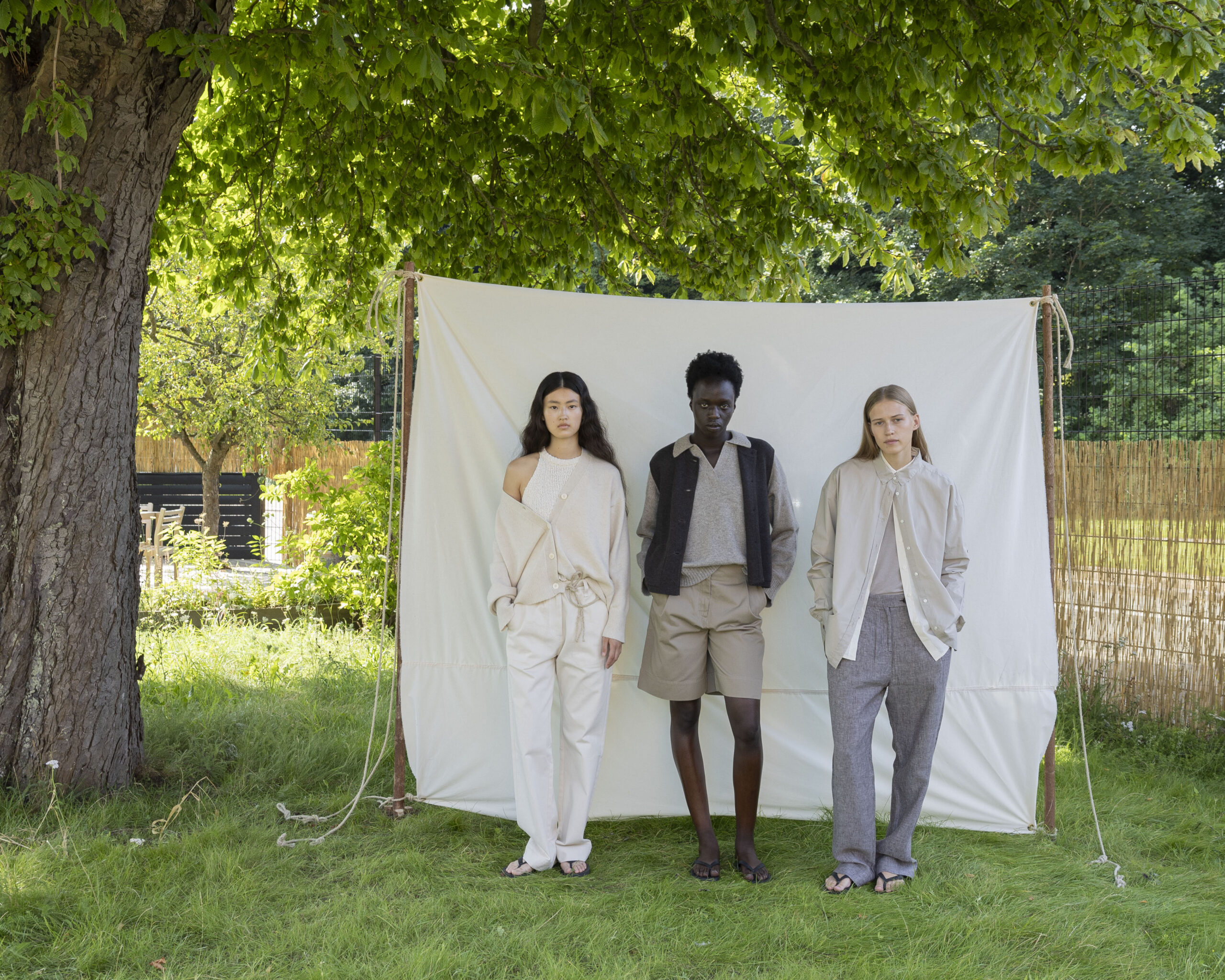
Copenhagen Fashion Week SS25, AIAYU
The Future of Slow Living & Consuming
Looking ahead, the principles of slow living are likely to stick around for a while, shaping the future of how we live and consume. As environmental and social concerns continue to influence consumer behavior, brands that prioritize authenticity, sustainability, and craftsmanship will stand out as leaders. The desire for transparency and ethical practices will only grow stronger, hopefully compelling companies to rethink their production methods, sourcing strategies, and communication approaches. However, Astrid also points out the remaining challenges. While the awareness of sustainability grows, so does the consumption of ultra-fast fashion brands.
“These two opposing trends are a call to action, reflecting our need for systemic change. Brands should focus on the values of transparency, second-hand and circular economy as well as social responsibility.“
Astrid elaborates, stressing that customers want to know where their clothes come from – a greenwashing label is no longer enough. Moreover, she believes that a circular economy with unique pieces, upcycling and rental models will be more relevant in the future. At the same time, it is important to remember that sustainability and slow living is not just an environmental issue but also a social one. Companies should embrace social responsibility, including fair wages and working conditions.
“Don’t turn it into a trend – make it a genuine part of your identity. If you want to integrate slow living into your communication, it needs to be embedded in your company’s DNA.“
The challenge for brands will be finding the right balance between honouring traditions, embracing innovation, all while working towards a genuine, authentic and sustainable approach. Ultimately, the future of slow living is about creating enduring value – not just for consumers, but for communities and the planet. Brands that succeed will be those that prioritize purpose over speed, quality over quantity, and meaningful engagement over fleeting trends.
“I believe we’re at a crossroads where slow fashion will either remain “just a niche” or truly establish itself as the standard. And that depends on whether enough companies have the courage to rethink the system.“
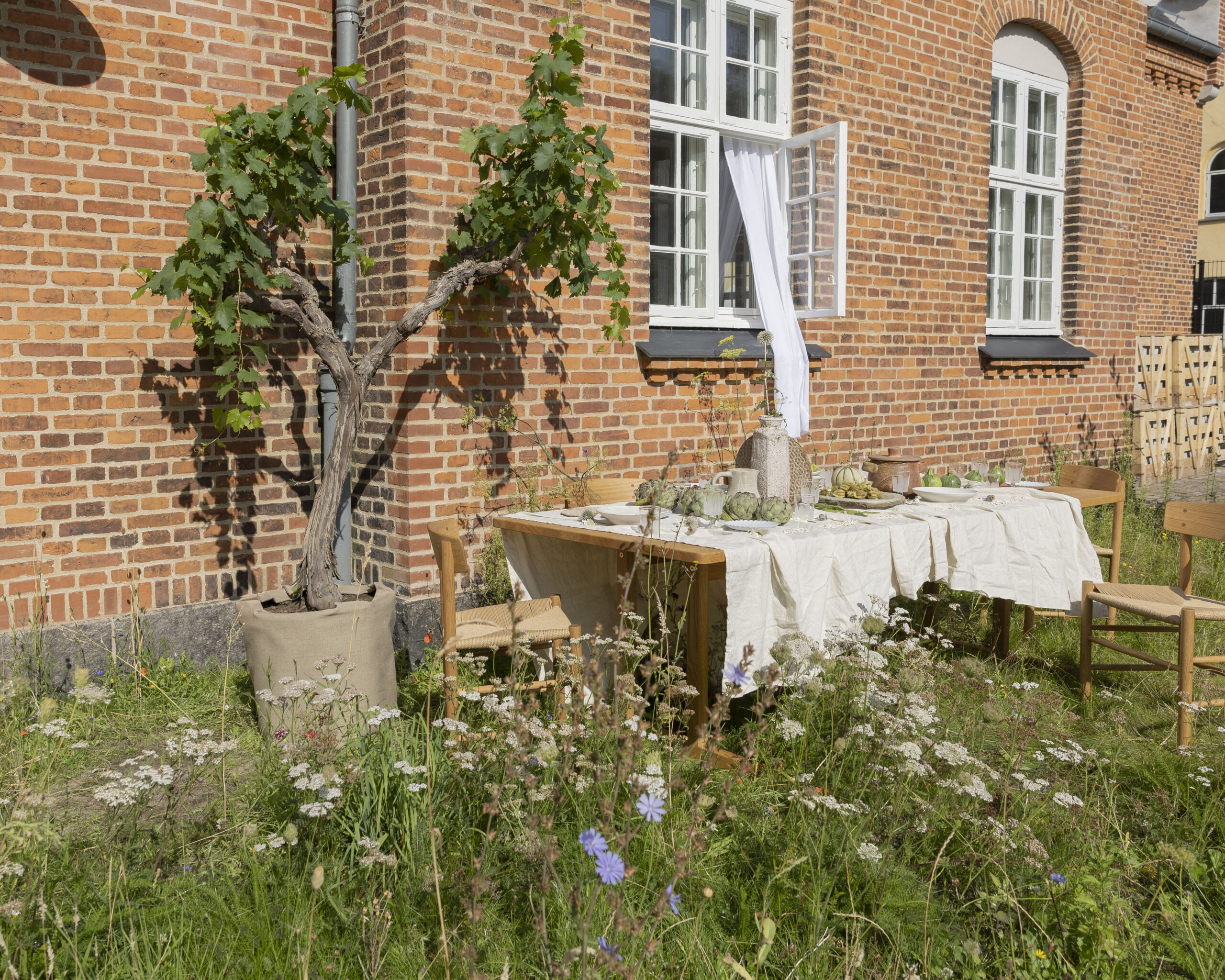
Copenhagen Fashion Week SS25, AIAYU
Meet the Slow Living and Slow Fashion Influencers across markets
Our research team has curated some of the most inspiring contacts from each market. Have a look below:
References: Roya Zeitoune & Nicolas Szmidt: “‘Slow living’: The new fast-rising consumer trend”, Abhishek Naik: “The Art of Slow Living: Where Luxury Meets Sustainability with Panache”, Slow living ldn: “What is slow living?”
Image Credit: Copenhagen Fashion Week/James Cochrane/AIAYU – SS25, Sophie-Forster-Vogelsberger/Astrid Aschenbrenner.
Josephine is a Media Researcher and Market Coordinator at VOCAST. She grew up in Germany and France and holds a Master’s degree in Cognition and Communication from the University of Copenhagen. Outside of the office, Josephine practices, studies, and teaches Yoga. Other interests of hers include film photography, rope climbing and exploring cities through their coffee shops and bakeries.
SIGN UP TO OUR NEWSLETTER
Get free knowledge on how to optimize your B2B marketing & new product releases.
RELATED POSTS
The Art of Slow Living: When Thoughtful Choices Redefine Design
Mastering Sustainable Branding in Interior Design
In recent years, the appeal of trendy marble coffee tables, plush sofas, and finely designed lamps has captivated us all. While the interior design industry often embodies craftsmanship, it also has a less glamorous side: its environmental impact. This reality has...
Beyond the Aesthetic: The Emergence of Stylists as Influencers
In the realm of interior design, stylists, recognized for turning creative visions into captivating editorial and commercial projects, are increasingly emerging as key influencers on social media. The rise of digital platforms has substantially redefined their roles,...


